The world is in the middle of the Corona virus pandemic, with no end and no solution in sight. Public life stopped, all travel ended, borders closed, many counties even imposed curfews. Thousands have died already, infections rise and rise, medical personnel works day and night to save lives, while those in low-pay “unskilled” jobs keep our society and civilization functioning.
Scientists not involved in COVID-19 research were first banned from their precious conferences and now from their labs altogether. Certain academics however use the opportunity to try to sell their bunk pseudoscience as a miracle cure for COVID-19. Thomas Webster is one of those, supported by his Northeastern University.
In related news, Elisabeth Bik recently discussed a bizarre paper from China where COVID-19 patients were allegedly cured by the Communist Party-recommended concoction of Traditional Chinese Medicine (TCM). The publisher Elsevier apparently decided the paper was not fraudulent plagiarism, and is instead prepared to issue a correction by re-labelling the case report as literature review.
In yet another case, Bik spotted a paper offering proprietary “stem cells” for COVID-19 cures. Leng et al Aging & Disease 2020 claims to have treated 7 COVID-19 patients with “allogeneic mesenchymal stem cell candidate Ryoncil (remestemcel-L, a product of the Australian biotech Mesoblast)” and to have cured them of COVID-19, it even made some biotech news. The 38 authors are mostly Chinese, but sport affiliation with 20 different institutes in 10 countries. Rutgers University stem cell scientist Martin Grumet points to this clinical trial and calls for “compassionate use” of Ryoncil to “save lives” of COVID-19 patients worldwide.
Thomas Webster, chemistry professor on an endowed chair at the Northeastern University in Boston, USA, is not Chinese, although he did establish a lucrative collaboration with the Wenzhou Medical University to develop… picotechnology. Apparently, nanotechnology is so yesterday, Webster is already further, as his university announced while salivating over Chinese cash:
“The diameter of one strand of human hair, Webster said, is about 80,000 nanometers. Picotechnology, he explained, involves research on an even smaller scale.
The two fields can also be leveraged in different ways, he noted. Nanomaterials are built atom by atom, while picoscience focuses on the electrons circulating within the atom, and changing how these electrons are distributed can produce interesting properties, he said.
Webster described one potential medical application of picotechnology, as it relates to this partnership. One problem with intraocular devices, he said, is that bacteria stick to them. But exciting the electrons with infrared wavelengths could cause the bacteria to instead be repelled away.
“Picotechnology can get pretty technical,” he said, “but it’s all about the electrons.”
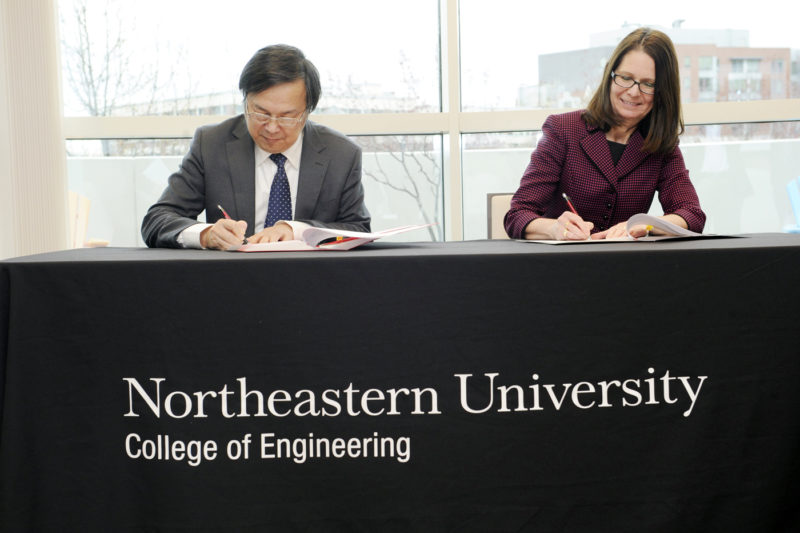
Outside of the shrivelled brains of certain protagonists of this press release there is no such research field as “picotechnology”, certainly not of the kind Webster describes it. Unless the Northeastern professor made picotechnology up to get his snout into yet another Chinese money trough. Which explanation sounds better, crookery or stupidity?
From his own public appearances, it seems Webster has a gigantic ego but little clue of virology, microbiology, physiology or any biology or medicine whatsoever. In fact, the chemistry professor seems to struggle even with basic chemistry. What Webster is definitely an expert in, is bullshittery. Next to money from China, there are also contracts with the US Department of Defence, as Northeastern University’s press releases proudly proclaim.

Webster boasts an h-index of 88. How he got there? One trick is to publish in predatory journals, having visited some predatory conferences. Webster is eager to serve as active scammer, pardon, editorial board member for OMICS (here and here), he also seems to relish travelling to OMICS scamferences. But of course other scamference organisers are just as appreciated. Heck, Webster will even organise and chair the events, no problem:

Another easy tool to boost your paper output and citation index is to publish in your own journal. At the current count, Webster placed 170 papers in some obscure Dove Press outlet he founded in 2006 (“pioneering the open-access format“, costs to publish: $2500). In the first 2 month of 2020 alone, the Editor-in-Chief placed 6 papers in his own International Journal of Nanomedicine.
In one such article, Webster lamented at length about being prevented to take money from China, which is a personal obsession of his:
“In my case, this directly affected our ability to fight antibiotic resistant infections, develop improved implantable sensors, and cure cancer since several students from around the world who applied for and received fellowships from their host country to work in my lab, were no longer permitted to complete what promised to be ground breaking research.”
Ground breaking research? Not so fast. Webster’s yet another trick to boost his publication record and h-index is… you can guess it.
Don’t expect his Northeastern University to wonder how this nano-fabricated method to cure meningitis is supposed to work. And because all this copy-paste webstering appeared in his own journal, the Editor-in-Chief Webster is in charge of investigating his own papers in International Journal of Nanomedicine, for amateurish data manipulation.
Curing diseases with nanoparticles is boring routine for Webster the Nano-Wizard. On CNN he was presented in 2015 as a genius whose nano-magic dispels not only cancer but also ebola. With star-shaped nanoparticles, as Webster explained:
“A star shape has a lot more surface area, so they can kill cancer cells faster than a nanosphere because they heat up faster.”
Webster is actually quite open that his nano-bullshit is not much different from TCM quackery:
“It’s almost like the approach in Eastern medicine, where we’re looking for natural nanomaterials, not synthetic ones, like gold and silver“
Cancer therapy bullshittery is a classic, only the most desperate and terminally ill of patients fall for that, which is apparently why certain doctors and biomedical scientists so enjoy promising phony cures.

Dr Webster sure loves to jump into every public health emergency to autoerotically wave his magic nano-rod. In 2016, during the Zika virus outbreak in USA, Webster featured in Boston Magazine:
“His team’s most promising project, he says, involves creating nanoparticles that can attach to the Zika cells, preventing them from multiplying inside the body.
“By simply attaching them [to the viral cells], we keep them from entering cells, and we keep them from being active to replicate inside of cells,” he explains.
Plus, unlike vaccines, which can’t keep up with viral mutations, Webster’s technique—which he says could be ready for clinical use in about five years, if not sooner—could adapt to any form of the disease it finds in the body. That means the particles could treat the Zika strains of 2020 just as well as the Zika strains of 2016.
“The influenza mutates every year, and that’s why we never have a 100 percent good flu vaccine,” Webster explains. “In our nanoparticle approach, it doesn’t matter, really, how it mutates. We can basically use that nanoparticle to always attach to that virus no matter what the stage of mutation is.”
After the Zika epidemic, Northeastern University suggested in 2019 to treat antibiotics-resistant bacteria like MRSA with his homeopathy-inspired nanoparticles. Webster offered some Hahnemann-style philosophy of treating same with same, but diluted:
“These particles that are made by living organisms are actually better than those that are made through synthetic chemistry,” says Webster, who is also the Art Zafiropoulo Chair in Engineering at Northeastern. “They can selectively target the bacteria or cell that made them.”
The Northeastern University loves their nano-magic fantasy goblin, as I understand they are prepared to bite off everyone’s head to protect him. No low is too low for this academic institution, the university’s PR office keeps issuing Websterian celebratory press releases on a conveyor belt.
This is why now Webster and Northeastern seized the current COVID-19 opportunity, in a situation of a global public health disaster with thousands of deaths worldwide. A global pandemic lock-down where the last thing everyone needs, is ignorant bullshit and greedy self-promotion by narcissistic quacks, even and especially from US universities.

Yet here we are. A March 4 press release of the Northeastern University announced to cure COVID-19 with Webster’s nano-fabrications and even claimed that their bearded wizard advises the US authority CDC on COVID-19 therapies:
“Northeastern chemical engineering professor Thomas Webster, who specializes in developing nano-scale medicine and technology to treat diseases, is part of a contingency of scientists that are contributing ideas and technology to the Centers for Disease Control and Prevention to fight the COVID-19 outbreak.
The idea of using nanoparticles, Webster says, is that the virus behind COVID-19 consists of a structure of a similar scale as his nanoparticles.”

It gets even dumber. This is not just talking out of your arse, this is a US university trying to sabotage the global effort to deal with the COVID-19 pandemic with illiterate pseudoscientific idiocy, in a thinly veiled attempt to cash in:
“Webster is proposing particles of similar sizes that could attach to SARS-CoV-2 viruses, disrupting their structure with a combination of infrared light treatment. That structural change would then halt the ability of the virus to survive and reproduce in the body.
“You have to think in this size range,” says Webster, who is Art Zafiropoulo Chair in Engineering at Northeastern. “In the nanoscale size range, if you want to detect viruses, if you want to deactivate them.”
Finding and neutralizing viruses with nanomedicine is at the core of what Webster and other researchers call theranostics, which focuses on combining therapy and diagnosis. Using that approach, his lab has specialized in nanoparticles to fight the microbes that cause influenza and tuberculosis.
“It’s not just having one approach to detect whether you have a virus and another approach to use it as a therapy,” he says, “but having the same particle, the same approach, for both your detection and therapy.”
You thought this is the final low from Webster? Nope.
“Unlike other novel drugs with large molecular structures, nanoparticles are so small that they can move through our body without disrupting other functions, such as those of the immune system.
“Almost like a surveyor, they can go around your bloodstream,” Webster says. “They can survey your body much easier and under much longer times and try and detect viruses.”
To do all that, the CDC needs to know the specifics about what kind of structure is needed to neutralize SARS-CoV-2, Webster says. That information isn’t public yet.
“You have to identify what we need to put in our nanoparticle to attract it to that virus,” he says. “The CDC must know that, because they’ve developed a kit that can determine if you have [COVID-19], versus influenza, or something else.”
This is an American biomedicine “expert”, described by the English rag Daily Express as “Coronavirus researcher”, who does not even know what a polymerase chain reaction (PCR) is. The standard lab technology which is used among many, many other things, to genotype infections, including in COVID-19 test.
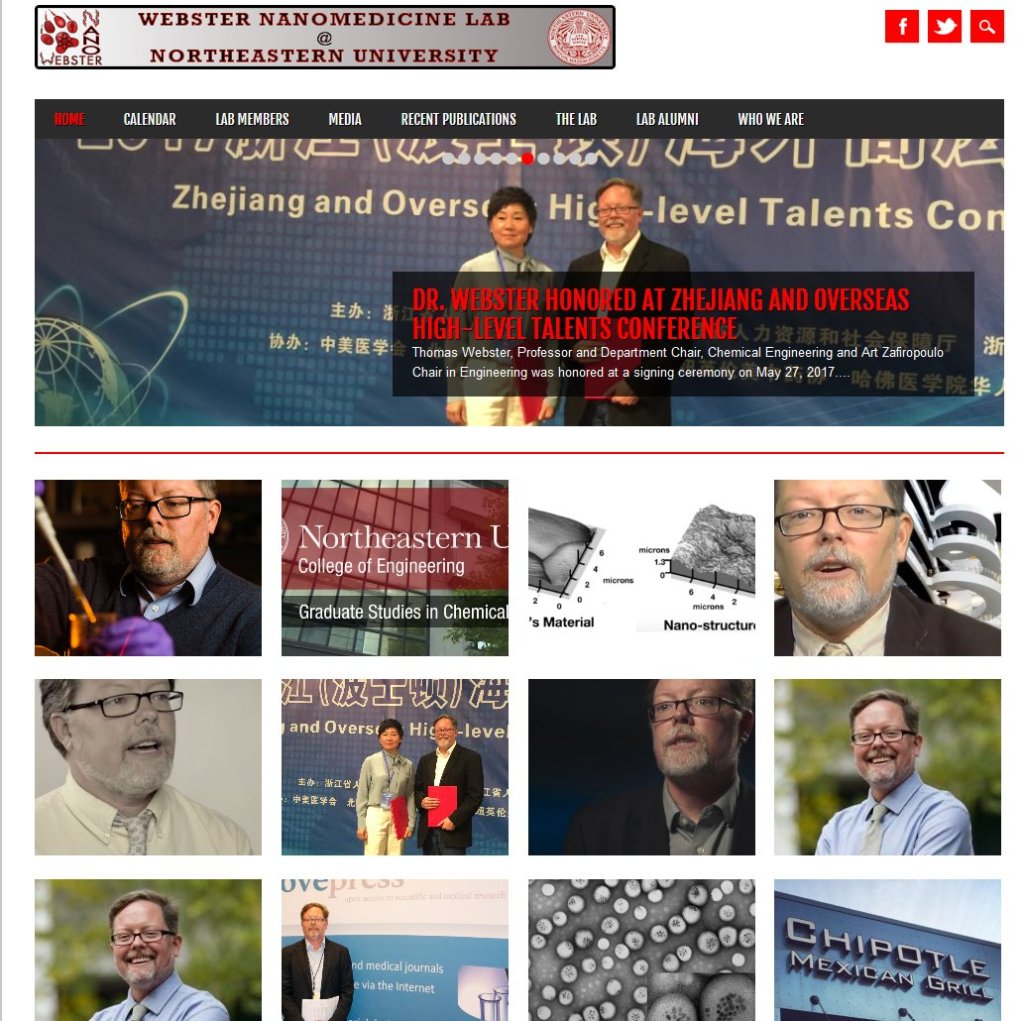
This is how the outrageous press release ends. Let’s hope Webster will never be allowed to test his nanotechnology or any living organism, never mind patients.
“Because of their size, nanoparticles are pervasive (too pervasive, maybe) to seep through other parts of the body. To reduce that risk, Webster’s lab has focused on using iron oxide. Particles of that make up entail chemistry that is already natural to our bodies and diets.
“Even if you have a viral infection, you need more iron, because you could be anemic depending on how bad the infection is,” Webster says. “We’re actually developing these nanoparticles out of chemistries that can help your health.”
And, he says, iron-based nanoparticles could be directed with magnetic fields to target specific organs in the body, such as lungs and other areas susceptible to respiratory complications after contracting viral infections. That too, Webster says, is something that you couldn’t do with a novel synthetic molecule.
“Really, what this all means is that we just have to do the studies to show those iron nanoparticles are not going into the brain or the kidney,” Webster says, “that these nanoparticles are going exactly where you want them to go to the virus.”
This person was elected in 2019 as Overseas Fellow of the Royal Society of Medicine. At least this was what Northeastern University orgiastically announced.

Update 16.11.2020
I have been privy to an email Webster sent in the recent days. He mentions that
“I just learned pending a provost investigation, our lab is suspended until May 7th. The letter I received also says that any current PhD students will be assigned to Dean Jackie Isaacs […] I do not think I can supervise you during this suspension period“.

Meanwhile, Webster’s lab website http://www.websternano.org was inactivated.
But he remains busy, approving corrections for utter fraud he published as coauthor, e.g. in the Elsevier journal Nanomedicine: Nanotechnology, Biology and Medicine (where Webster is associate editor). Elisabeth Bik has a take on this.
Some of these corrections, like this equivalent of a raised middle finger, at ACS Advanced Materials & Interfaces (a society journal with maximal fraud tolerance), replace fake data with other fake data and declare:
“These corrections do not alter the major conclusions presented in this manuscript.“
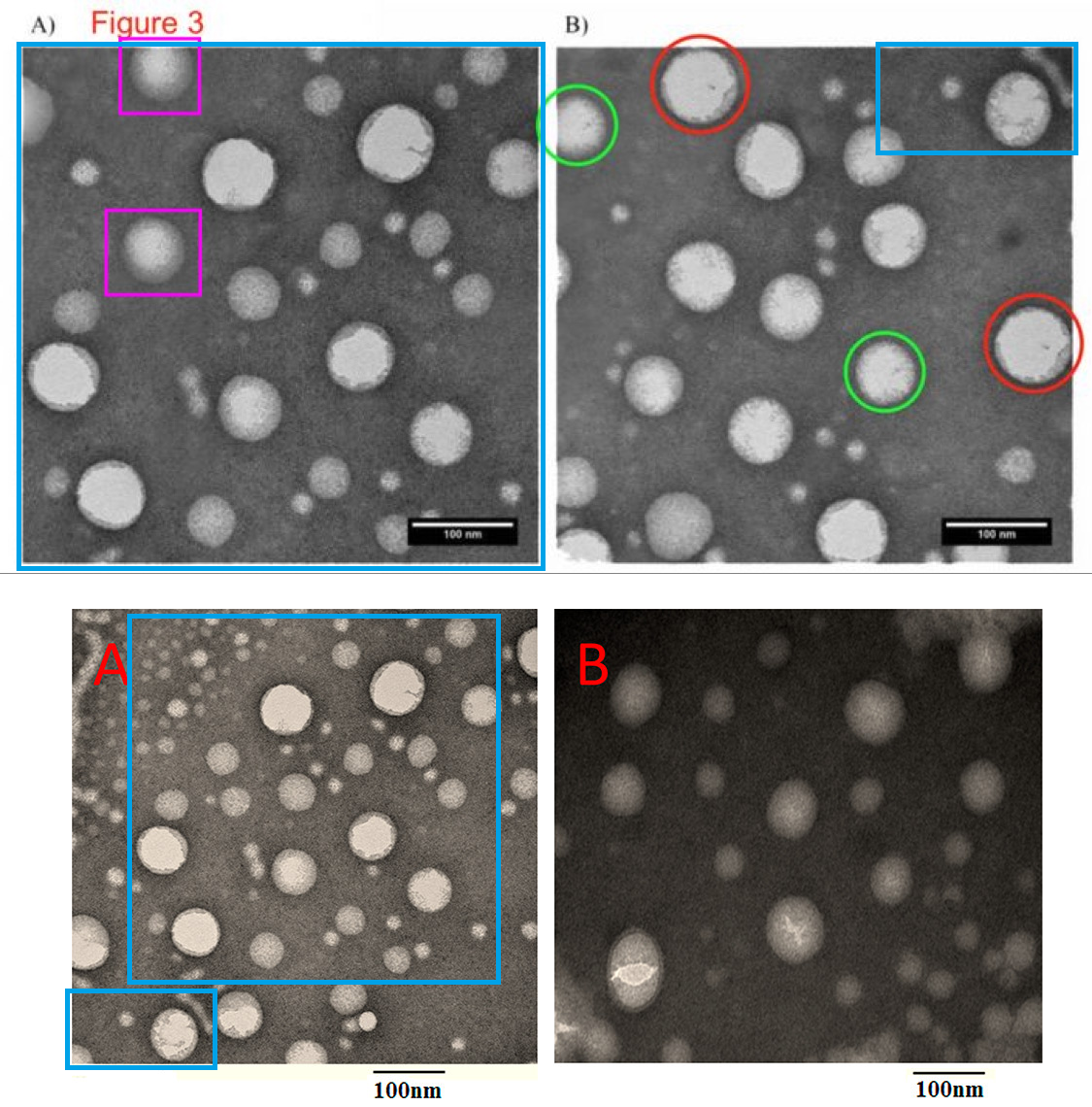
Update 17.11.2020
Reader shared an iThenticate analysis of a review article published by Webster as last author: Mostafavi et al Bioelectricity 2020. It seems to suggest medium-to-heavy plagiarism from various sources. Including from Katerina Aifantis, what fun. The file is available here.
Update 12.03.2021
A paper with Webster as co-author (Zare et al 2021) was published on 1 March 2021. Webster’s only listed affiliation there is: “Applied Biotechnology Research Centre, Tehran Medical Science, Islamic Azad University, Tehran, MA, Iran”. I wrote Webster an email and received this auto-reply: “Thank you for your message. I am currently on a leave of absence. Should you require immediate assistance please contact Krista Robinette“
His institutional website at Northeastern University is still online, but is Webster still employed there?
Update 5.05.2021
An email sent yesterday (4 May 2021) by Rebecca Willits, chair of the Department of Chemical Engineering at Northeastern University, to the faculty:
“I was informed this morning that Tom Webster has resigned from the university as of May 4, 2021 and wanted to pass this information along to the faculty and staff.“

Donate!
If you are interested to support my work, you can leave here a small tip of $5. Or several of small tips, just increase the amount as you like (2x=€10; 5x=€25). Your generous patronage of my journalism will be most appreciated!
€5.00


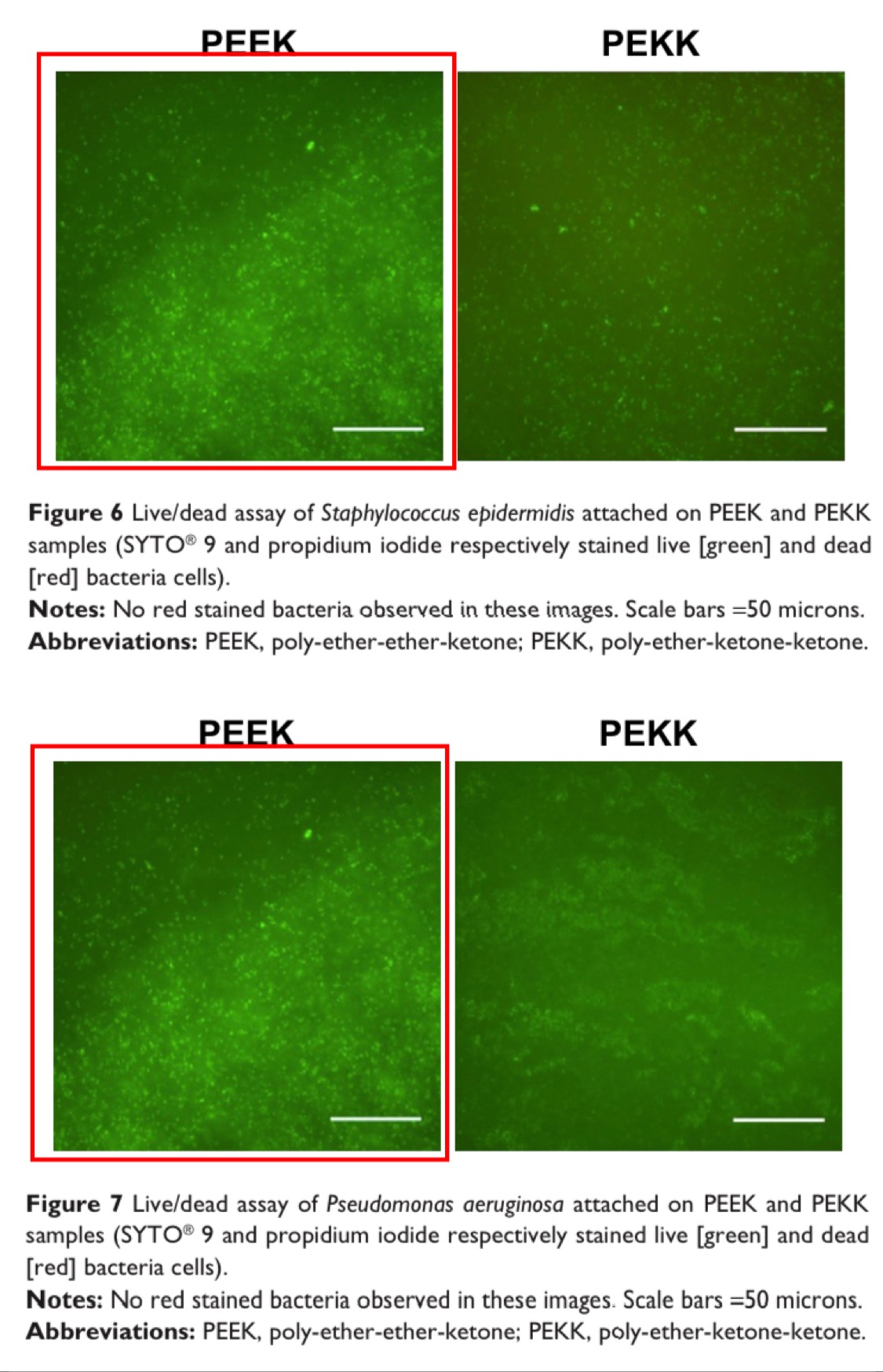
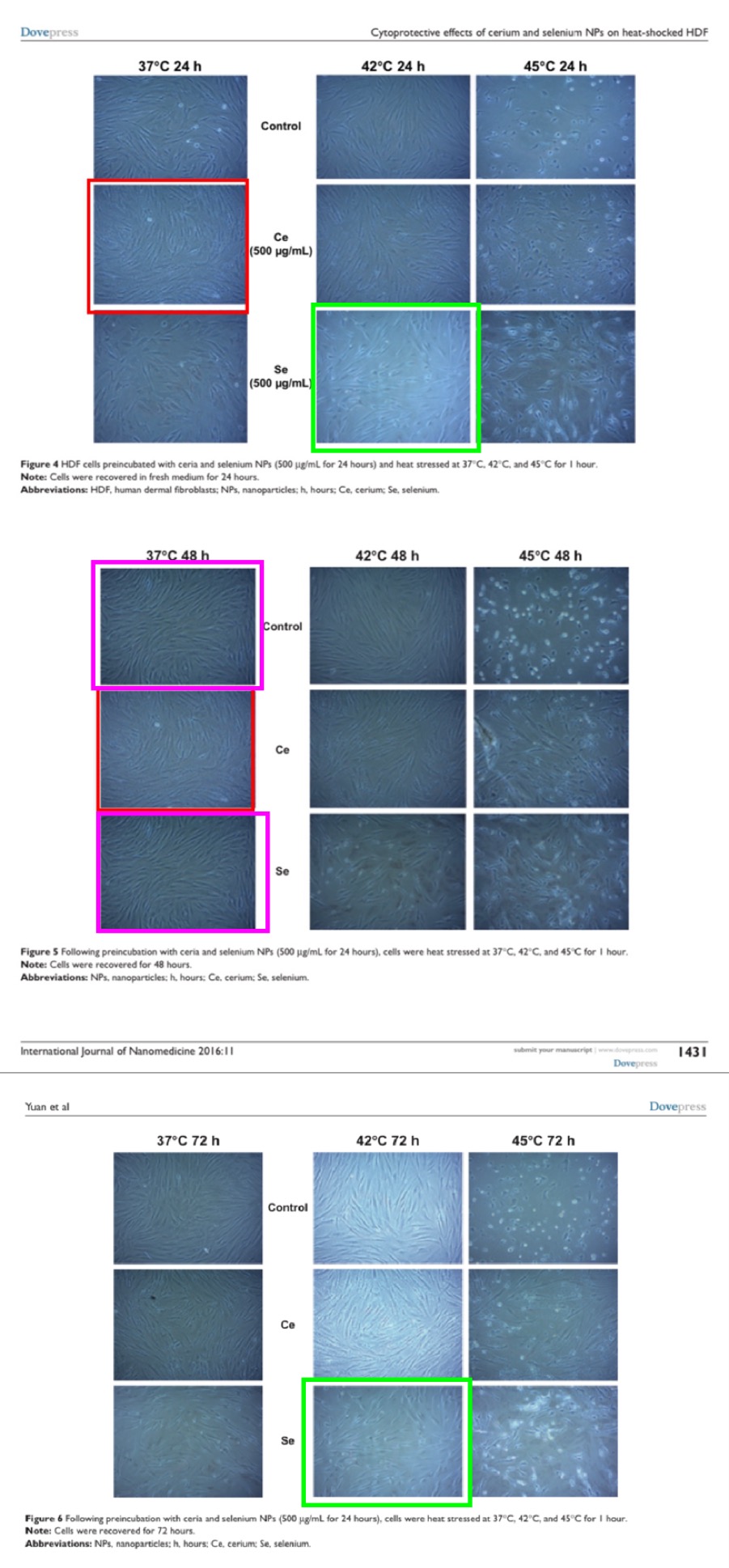

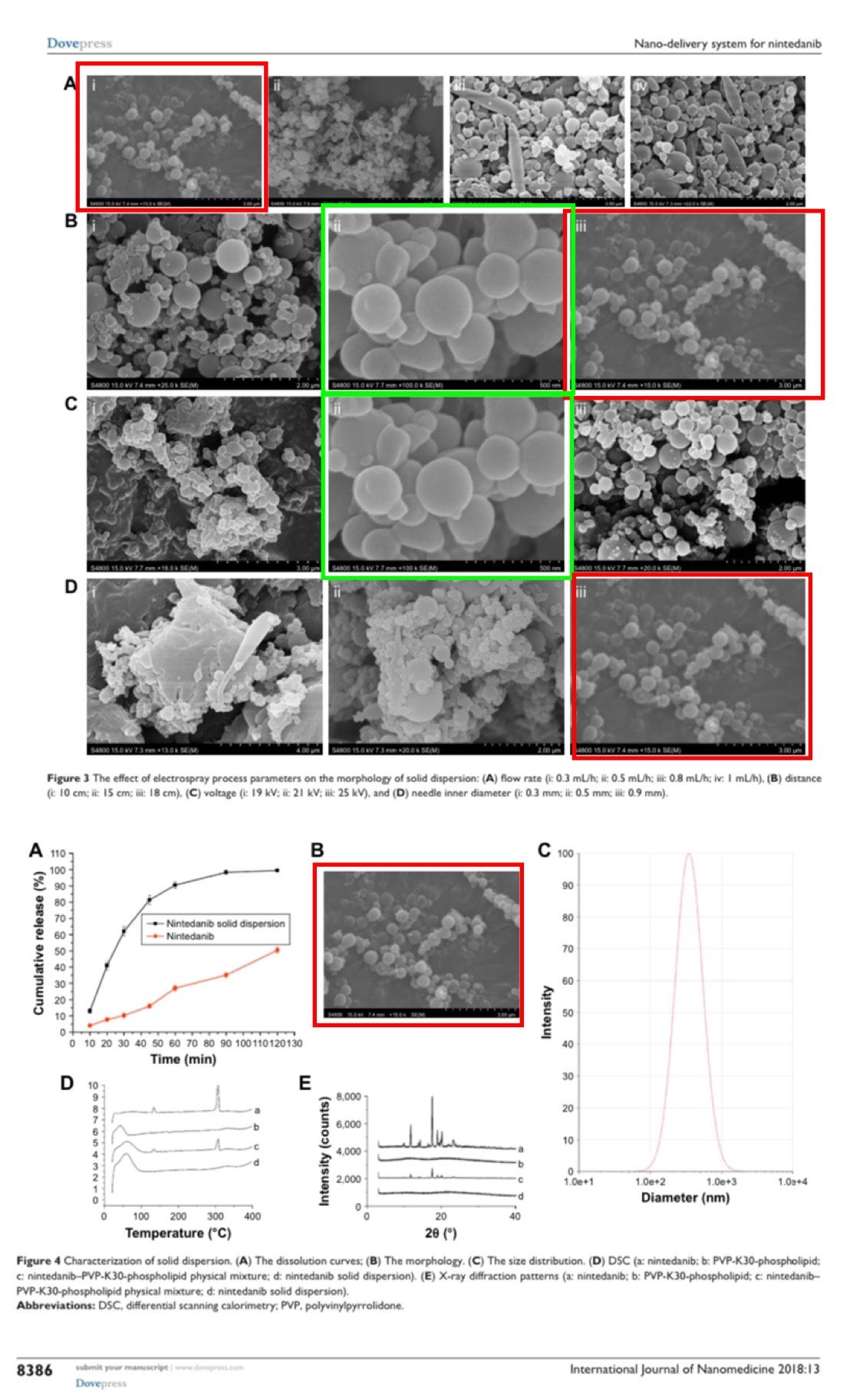

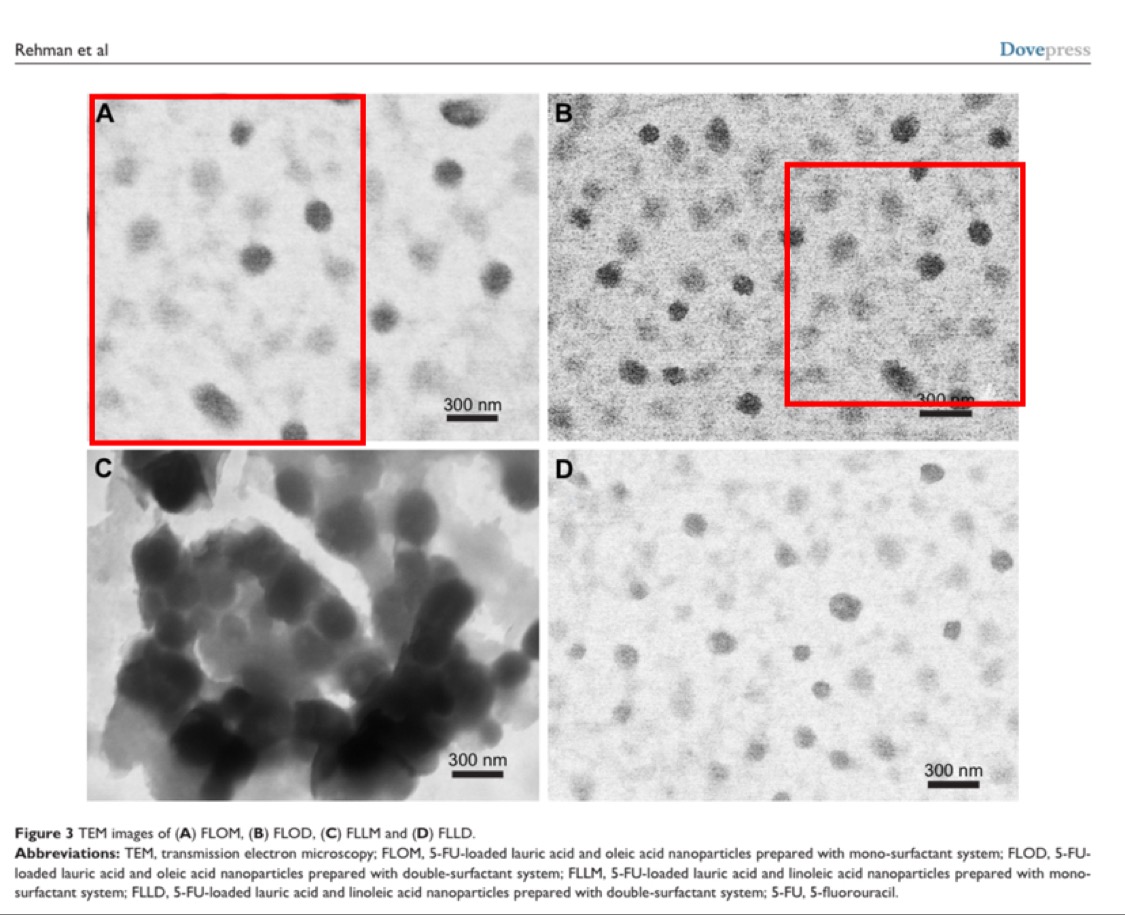

LikeLike
LikeLike
I’m continuing through his Dove Press papers.
As I do, I’m wondering if his authorship on the Dove Press journal papers is a quid pro quo for getting the paper published or maybe offered for an additional fee? The co-authors are from all corners of the earth.
Perhaps Northeastern should also look into his finances.
My advice for NEern: Having had an oversight and investigatory role in my past, I believe they should immediately and permanently retain his email correspondence in case there’s a suit(s). They should also inquire if he has used any other email accounts for correspondence regarding his research or editorship. If yes, request access to those email accounts and save those records (don’t just ask for copies of the emails). Perhaps attempt the same with texts. I’m guessing he’s at least got an email account with Dove Press or the journal, or one he uses for that purpose. If he says no he doesn’t have anything like that, get him to sign an affidavit to that effect under penalty of termination if that turns out to be untrue or inaccurate.
In their shoes, I’d also ask for his tax returns for last 5 years. If innocent, he may bristle at that request, but if he’s not willing, or lawyers up, that may help them gauge how this is going to play out.
LikeLike
Leonid – Thanks for trashing me. I stand by my science and research – ask my students who did the research. I have collaborators all over the world. All I am trying to do is improve health and science. Not a penny from China since you are accusing me of that. I could go on. But not even the common courtesy to contact me directly to verify your stories. Good journalism ?
LikeLike
Dear Thomas,
I did send an email to your dean instead, which under circumstances is the correct approach. As for your science:
But you and I know your university will not investigate that.
Can I have your CV? You know which one.
LikeLike
More data manipulations in Webster papers, uncovered by Elisabeth Bik. In his own Int J Nanomedicine:
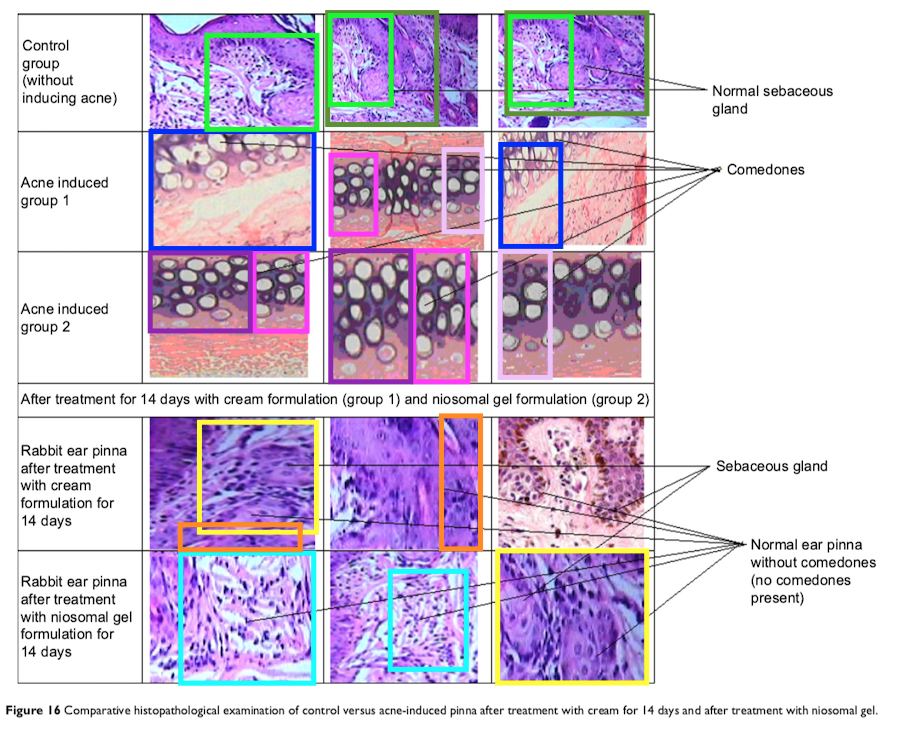
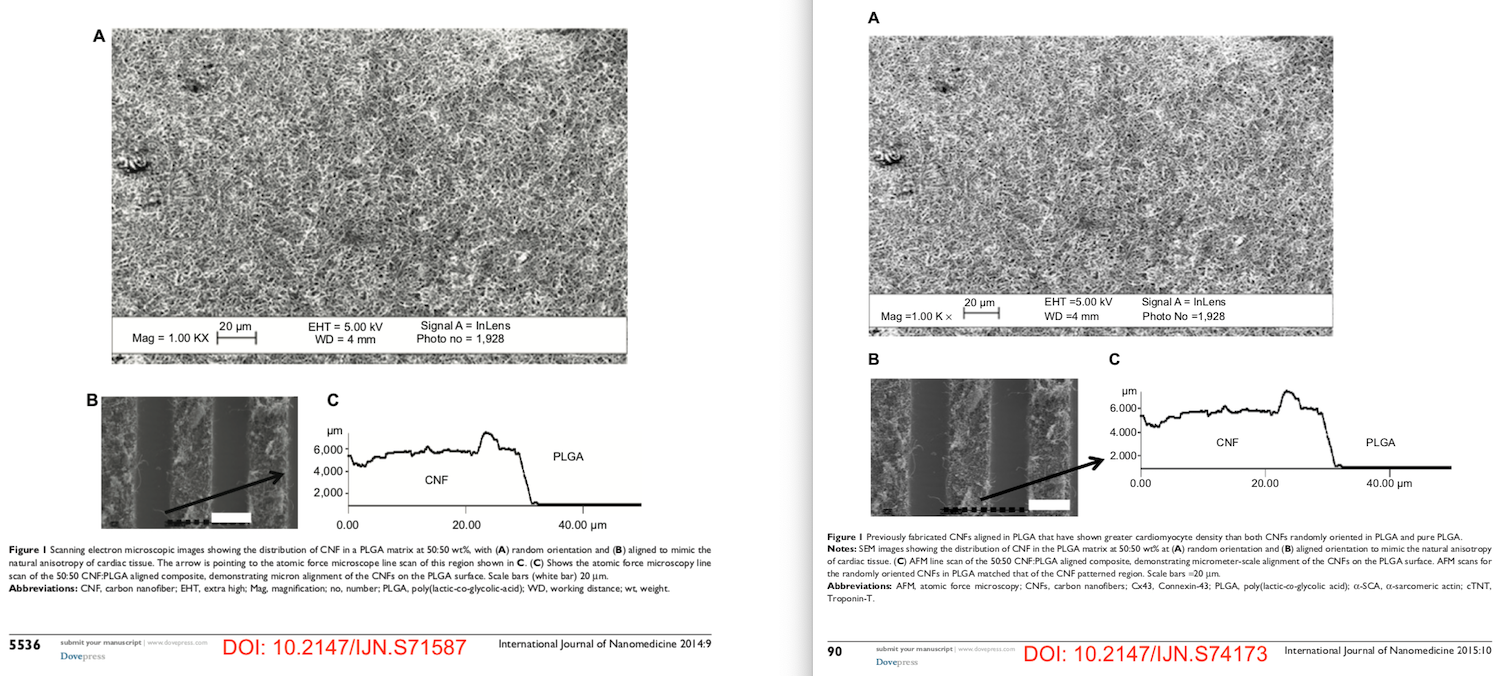
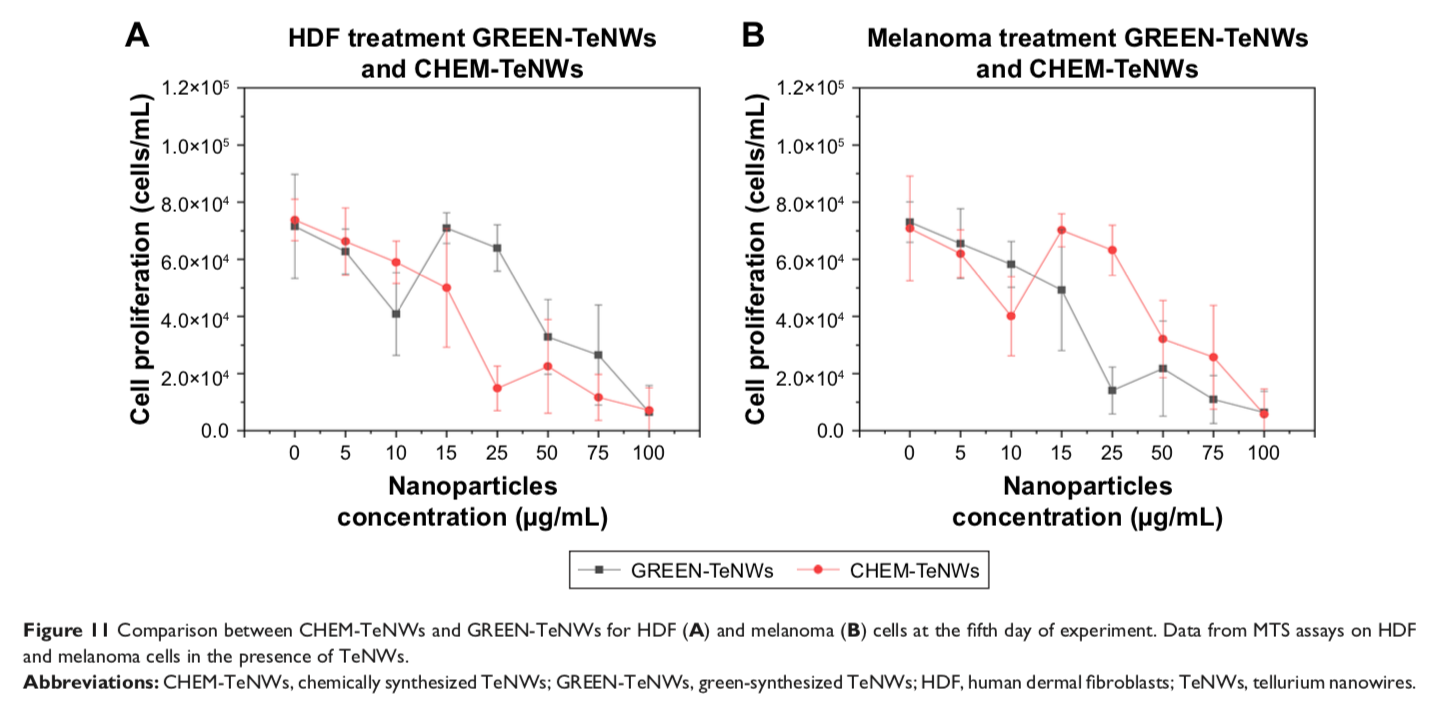
Webster et al 2014
Webster et al 2014
Crua et al 2019
Other journals:
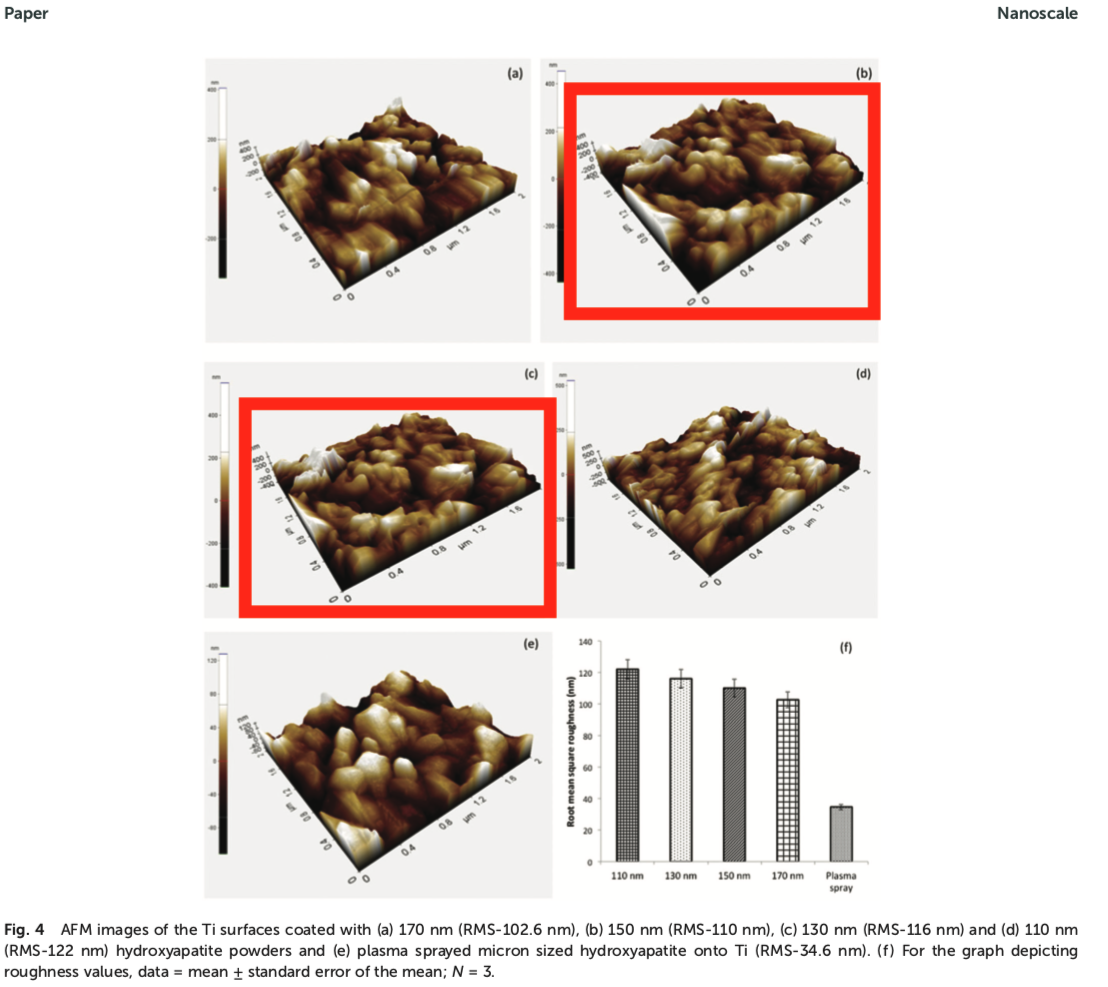
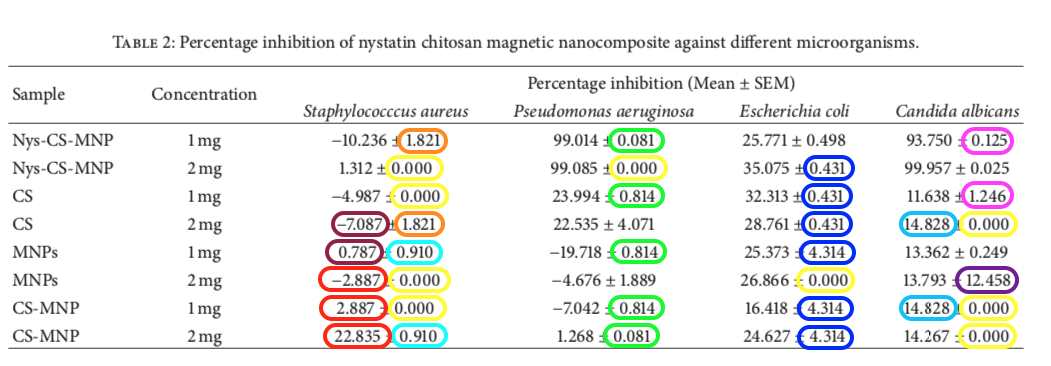
Bhardwaj et al Nanoscale 2015
Hussein-Al-Ali et al Biomed Res Int 2014
LikeLike
More, in Int J Nanomedicine
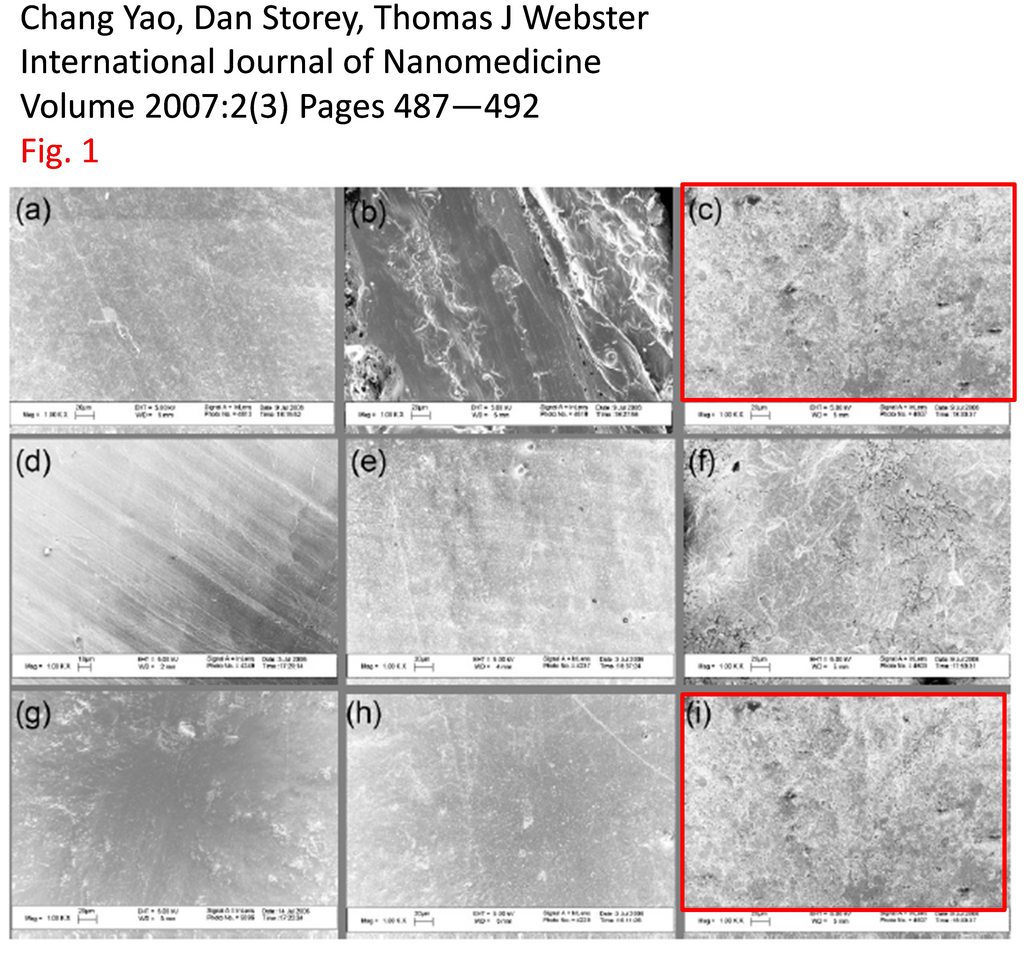
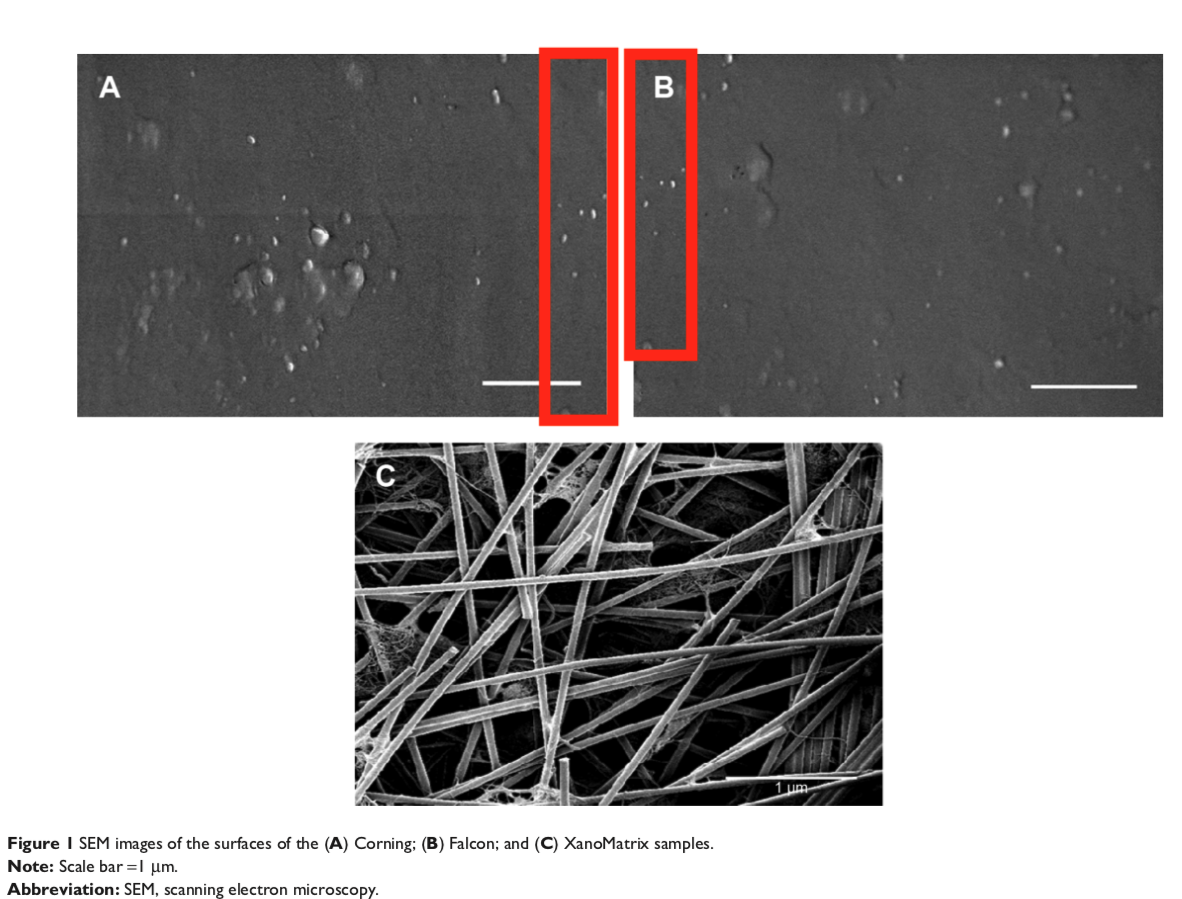
Yao et al 2007
Webster & Bhardwaj 2016
LikeLike
Thank you for the reply.
Curious also about funding from Saudi Arabia or via the journal and related work.
LikeLike
“while those in low-pay “unskilled” jobs keep our society and civilization functioning”.
Tha’ts the irony. You need low-paid people in the lab to generate data (where I am currently), yet the managers stay at home, at a higher pay, and more likely to survive due to this social distancing. I guess bench workers are relatively expendable. Plenty of third nations to supply these to graduate programs.
My advisor now want to be on a project where I study sample of blood cells with individuals with SARS2-induced veremia. Of course he wont be the one dealing with the samples. That’s low-paid me.
LikeLike
…even the deadwood faculty (6 figs a year, shuttered labs, haven’t brought a grant in decades) get to stay home, along with the administrators….they are more likely to survive, and eat home cooked meals, while I go to the medical school cafeteria for cold, infected slices of pizza (plenty of fat in them for the lipid soluble SARS2 virus to hang out)…..academic science is the most unerthical, f*cked up system on the planet…….
LikeLike
Pingback: Privilegi un po' più piccoli - Ocasapiens - Blog - Repubblica.it
To all of you who visit this site for good reasons please help to undo the authority from your position of authority, you have all the tools to do it. Spread wide and loud!
LikeLike
Dr. Bik continues doing the peer review step that many Webster papers apparently skipped. He may be breaking a record for most papers flagged in a 48 hour period for a U.S. “researcher.” Thank you to Dr. Bik for her diligence.
LikeLike
Indeed, here are the new arrivals.
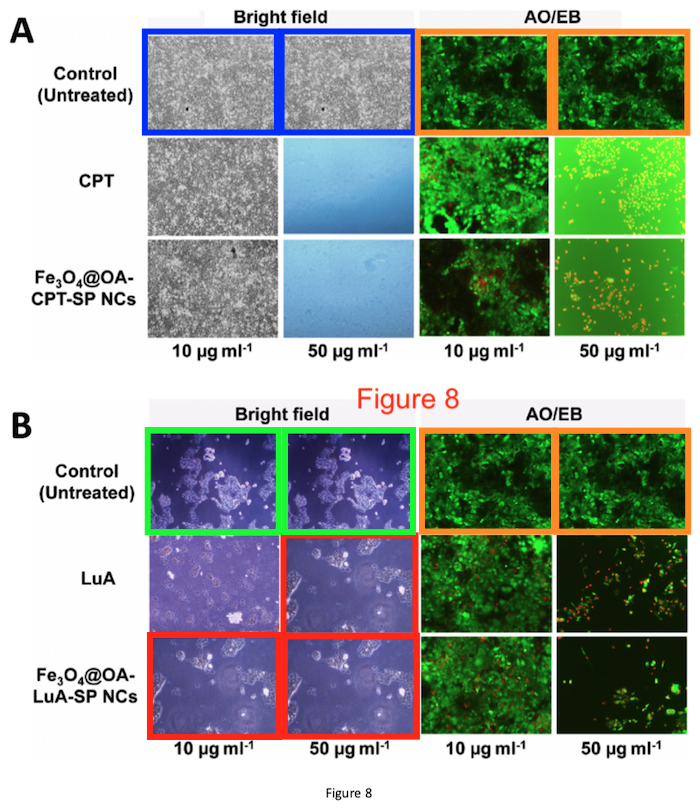
Kevasan et al Nanomed Nanotech Biol Med 2018
Author:
“We have used same cell line images for control. That’s why control cell lines looks like similar. Fe3O4@OA -LuA-SP NCs did not showed any increased activity at 50 ug ml-1 than at 10 ug ml-1. Hence these two images look like similar.”
Wang et al Nanomed Nanotehc Biol Med 2019
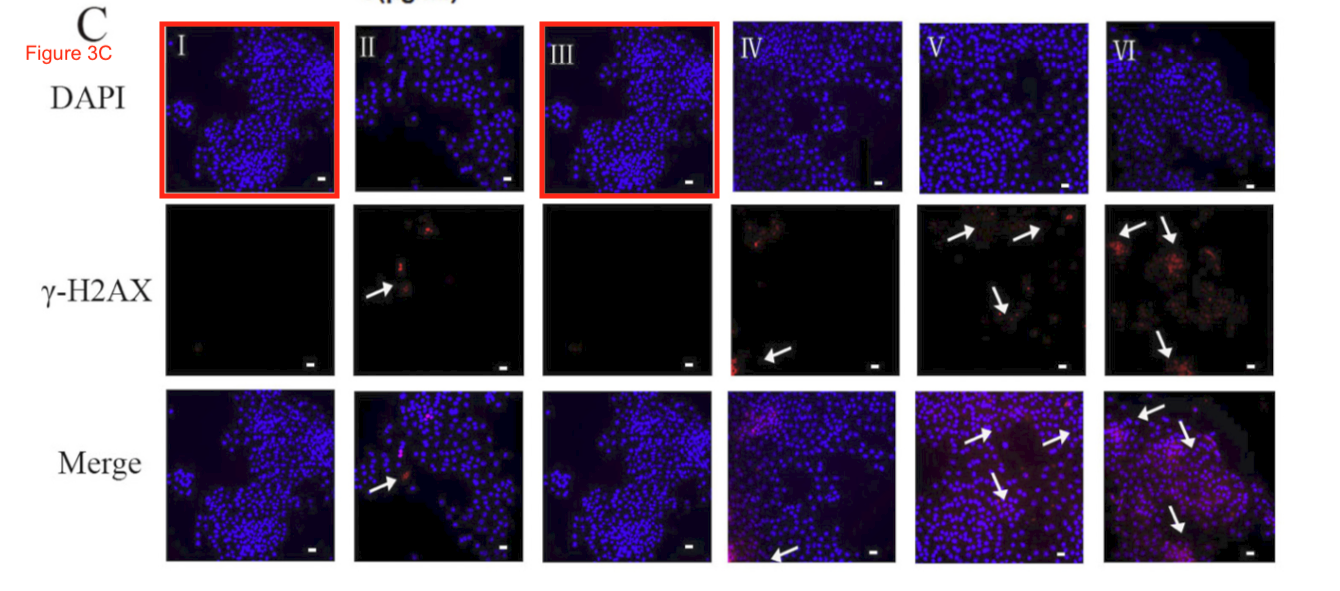
Munawar et al J Haz Mat 2019

Wang et al Biomaterials 2020
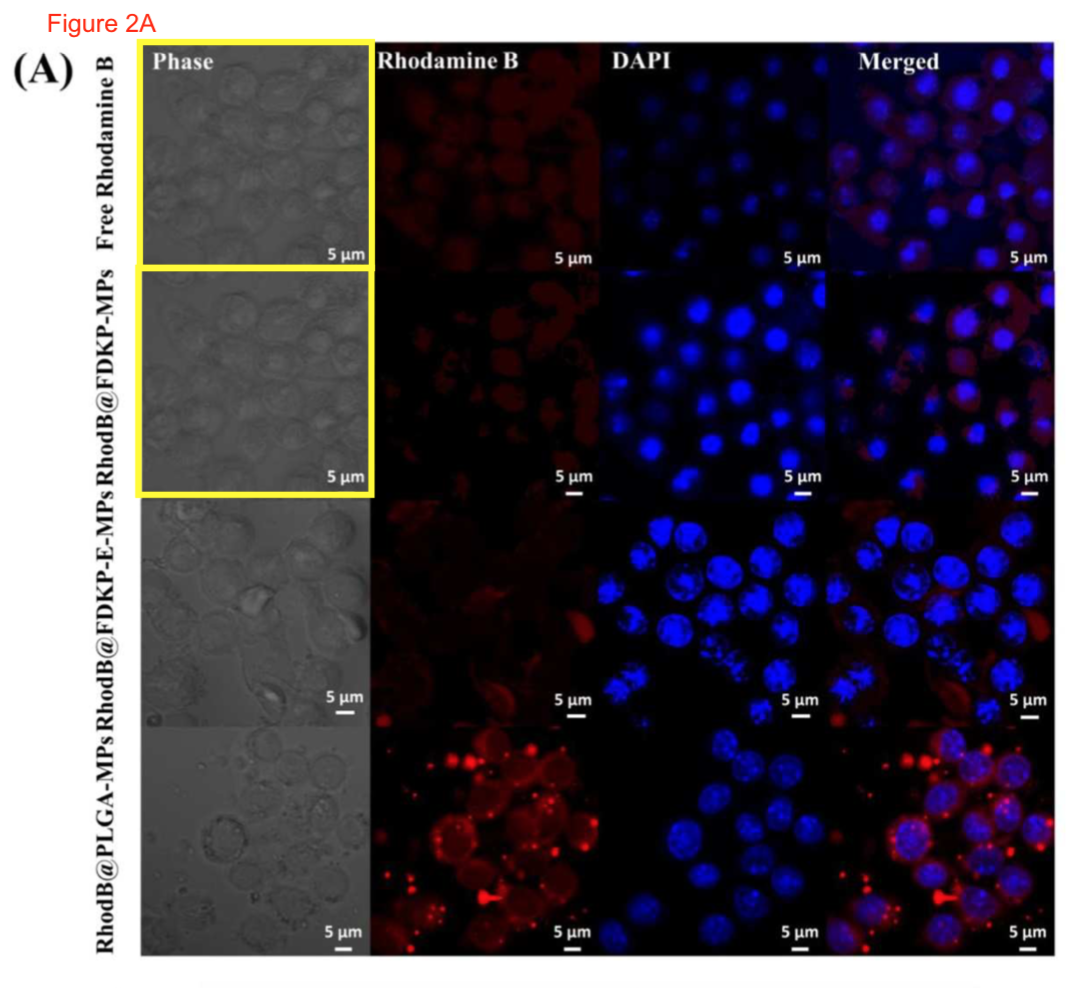
Goffrion et al ACS Omega 2020

Shaheen et al Colloids & Surfaces B 2020
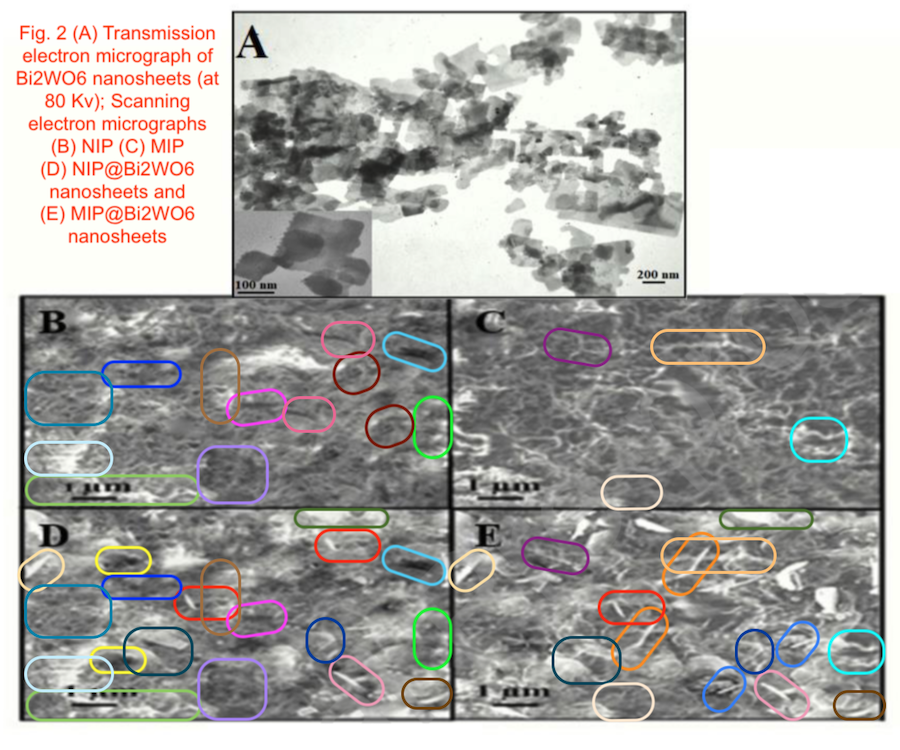
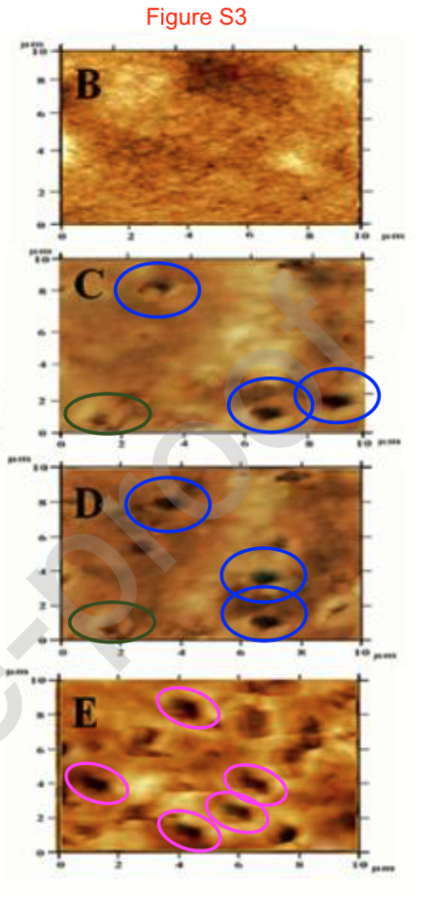
LikeLike
At PubPeer Marco Van De Weert: “I personally do not find the explanation about the bright field images of the 10 and 50 ug/ml treatment (red boxes) very credible. These are, in my honest opinion, not “similar” images, but “identical” images. It certainly is possible that the concentration did not matter much for activity, but it is not credible that you find the exact same cluster of cells on three independently prepared samples for microscopy.“
LikeLike
Oh dear, it is exploding. That’s how Webster got his h-index of 88?
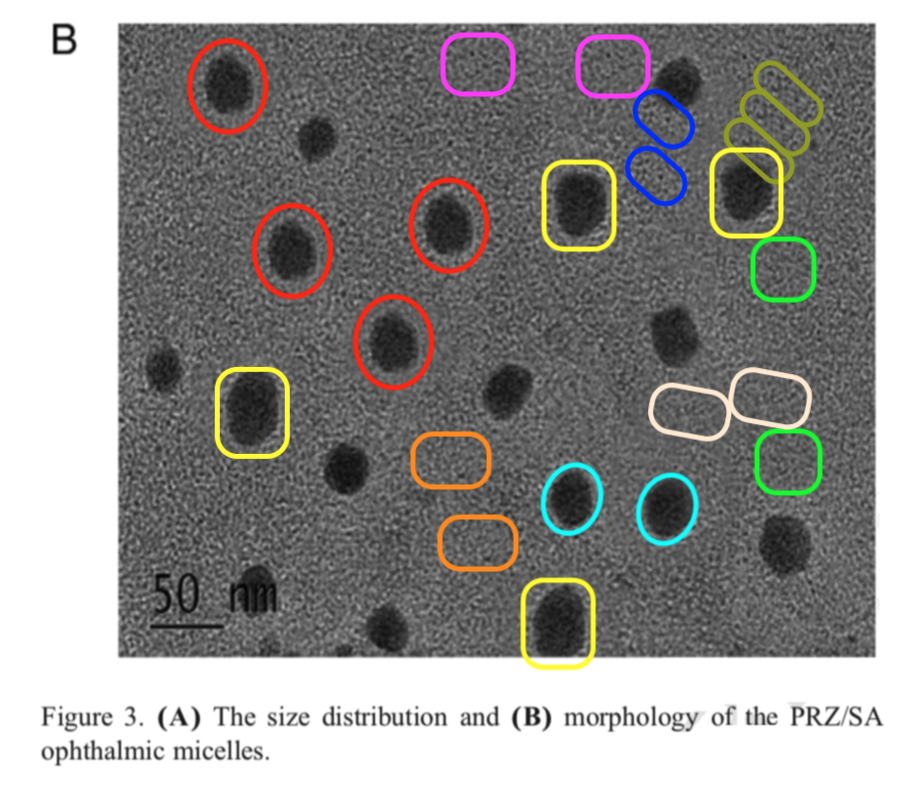
Shen et al Nanomed Nanotech Biol Med 2017
Author: “According to your suggestions, we carefully review the raw data and the raw figure, we found that similarities in this data may be due to insufficient imaging resolution. […] we will try to take clearer pictures in the future.”
Li et al Nanomed Nanotech Biol Med 2020
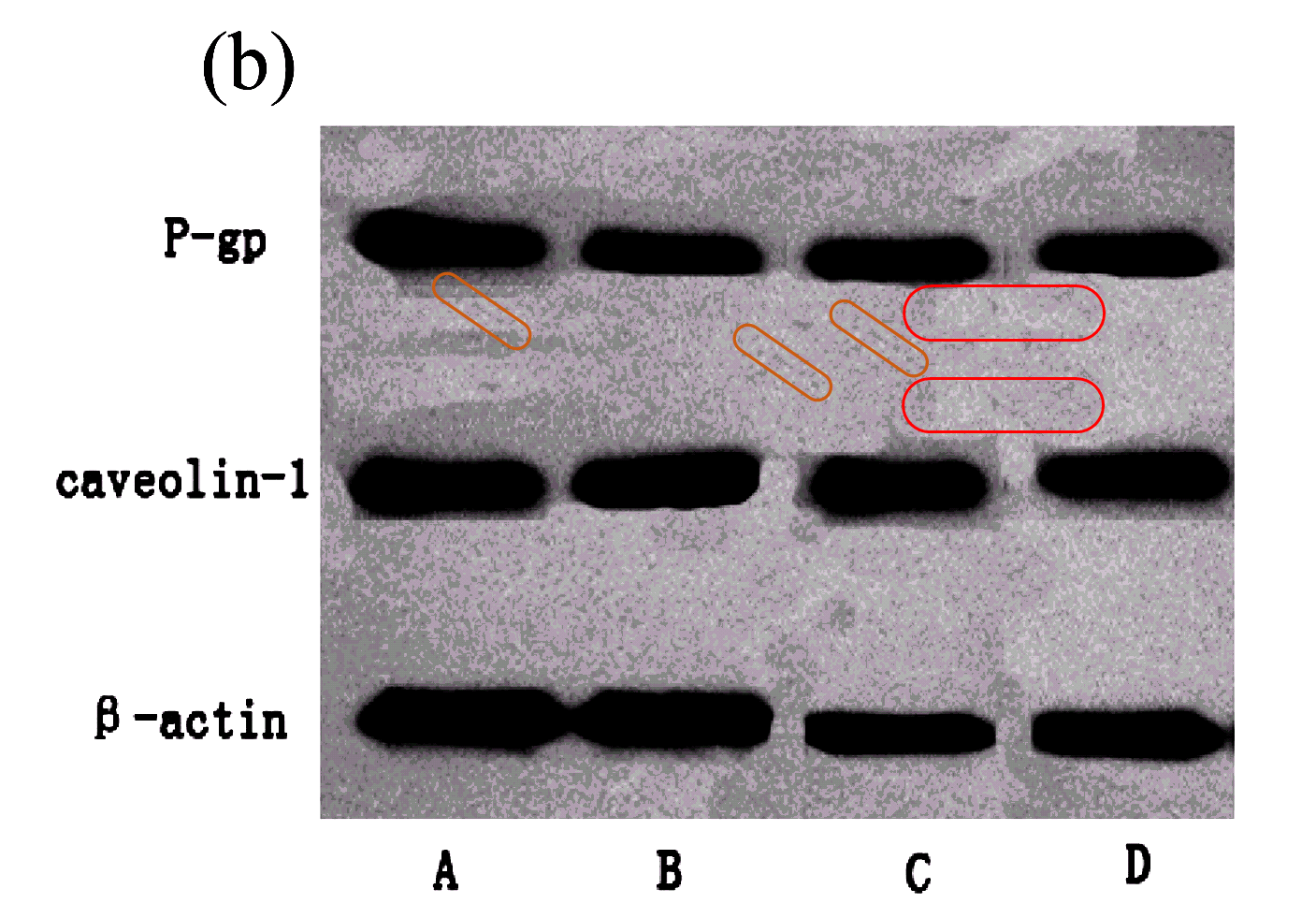
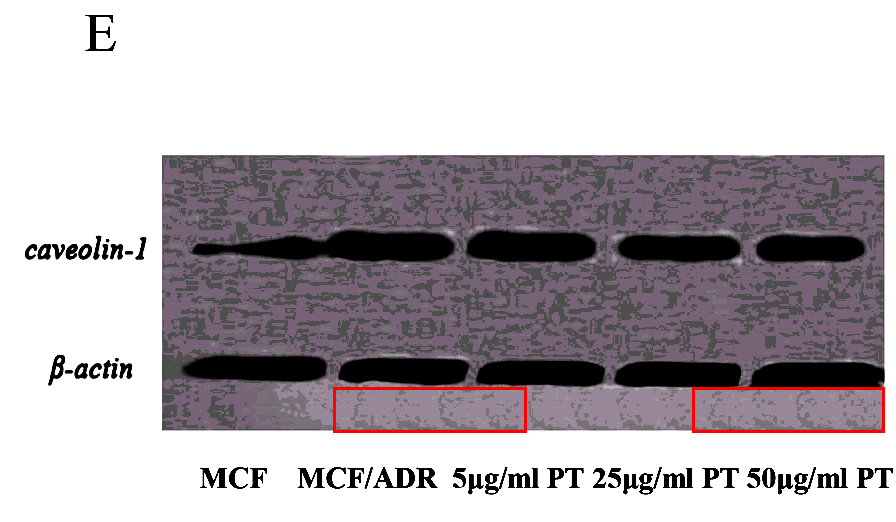
Author: “Actually this WB experiment was conducted by a biotech company and the figure was also provided by this company.”
Tian et al ACS Appl Materials & Interfaces 2018
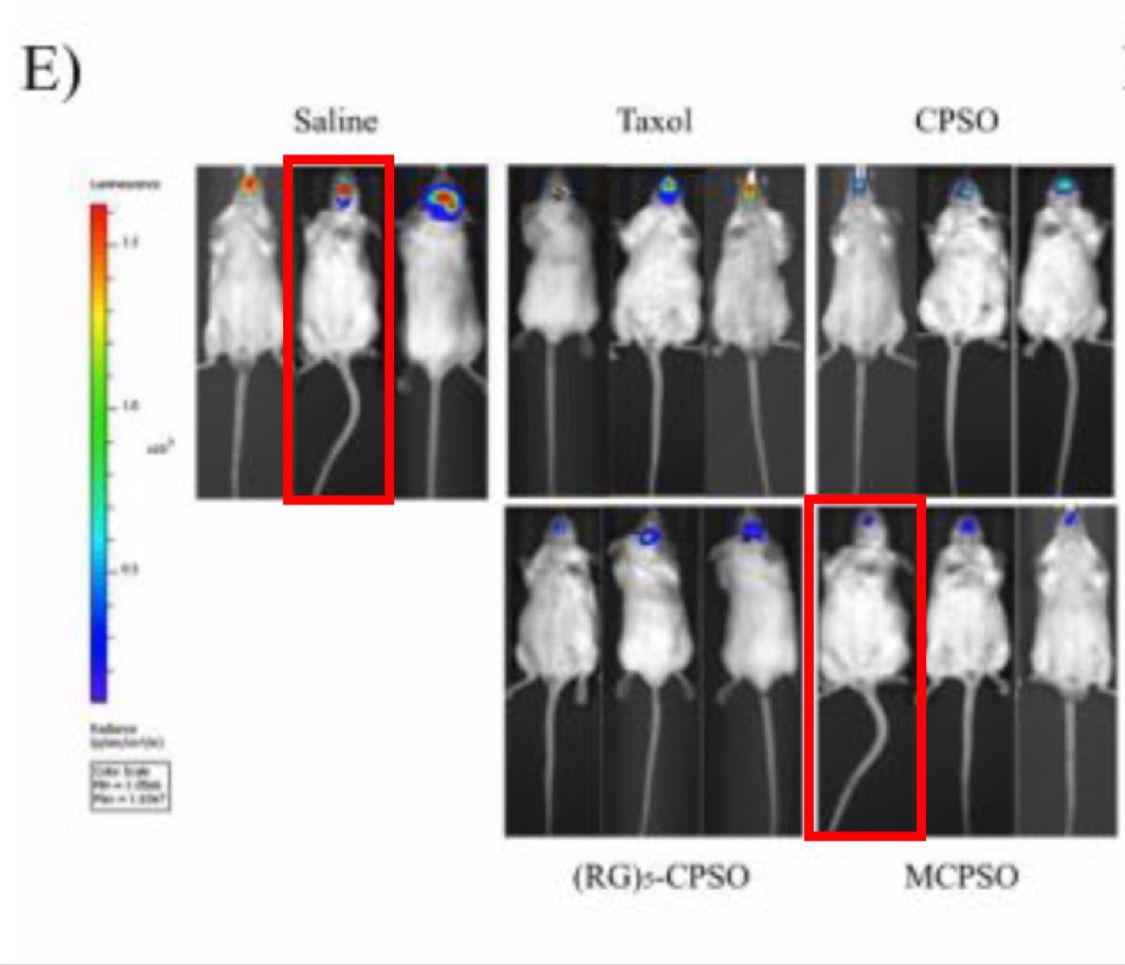
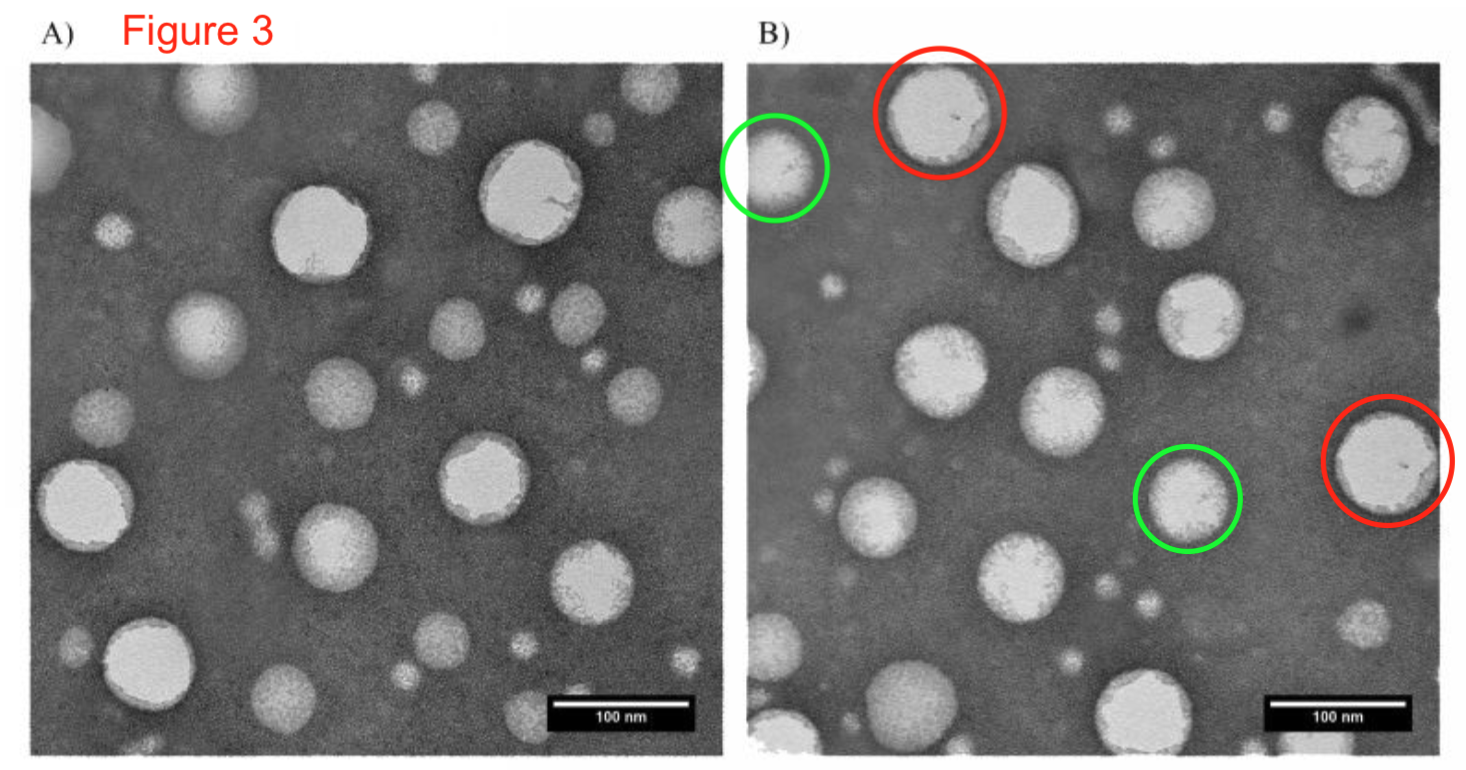
Author: “we still confirm our conclusion is correct and this change will not affect the interpretation or conclusions of the findings.”
Zhang et al J Biomed Mat Res 2017
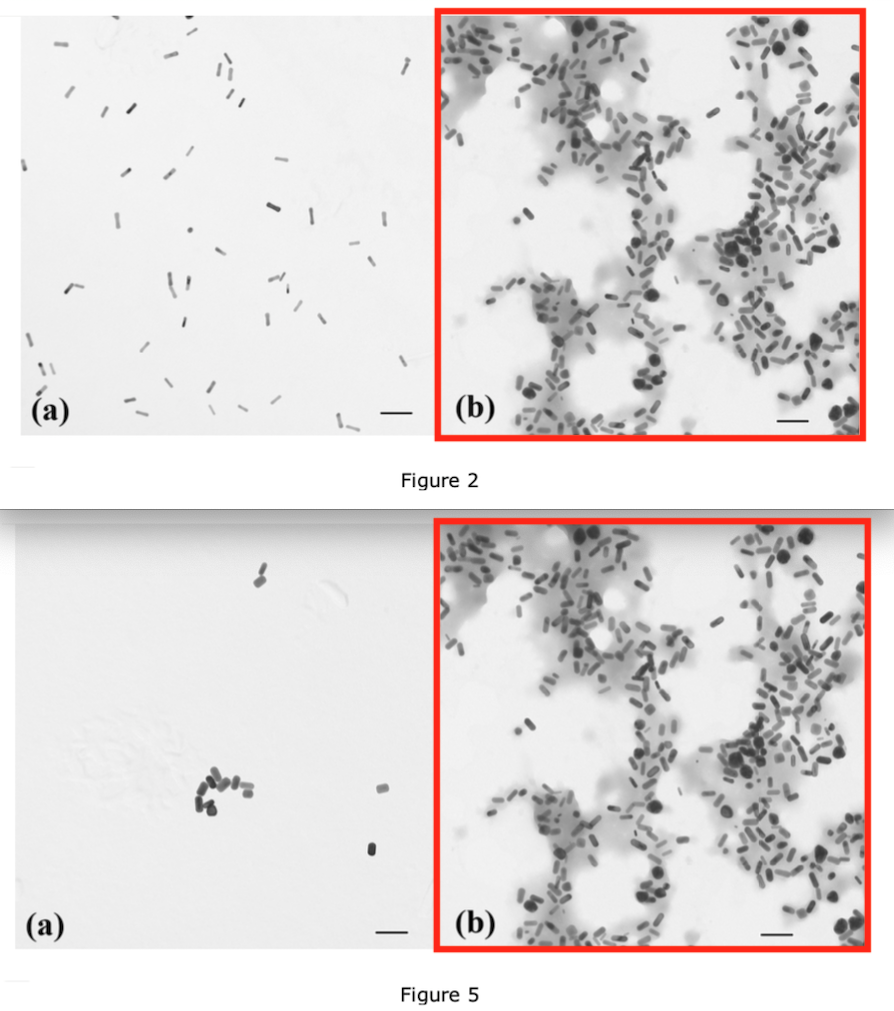
Hickey et al J Biomed Mat Res 2017
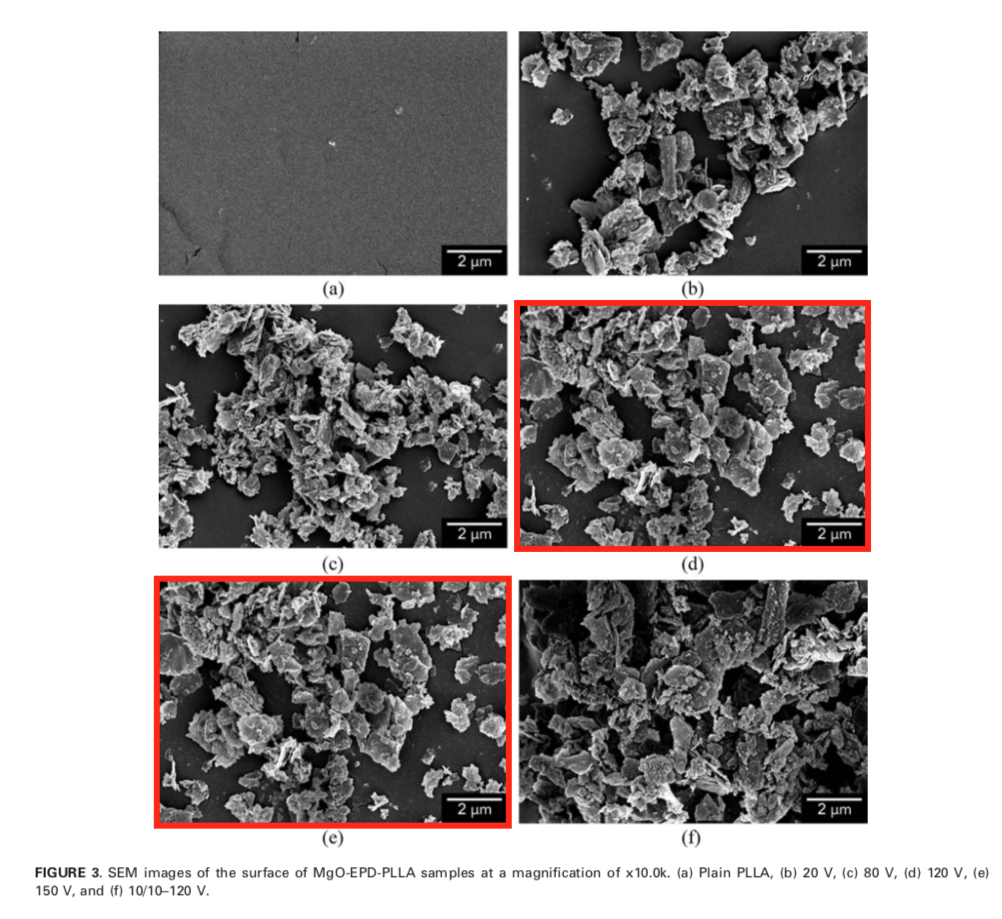
And of course again in Webster’s own Int J Nanomed:
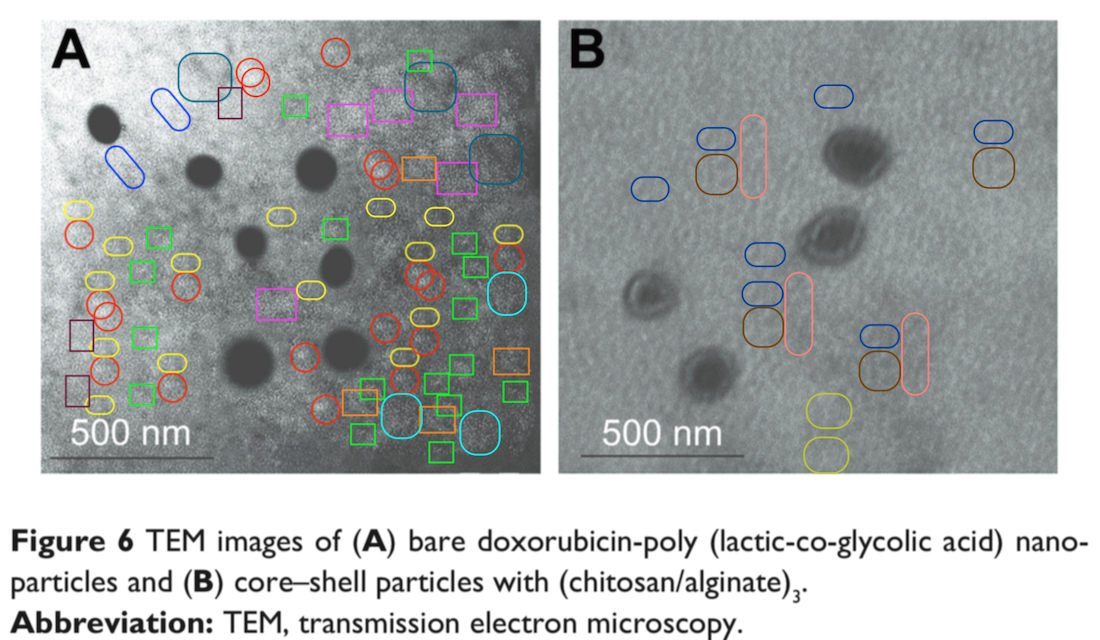
Chai et al 2017
LikeLike
Bloody hell, what did I get myself into. The guy has over 500 more papers to go!
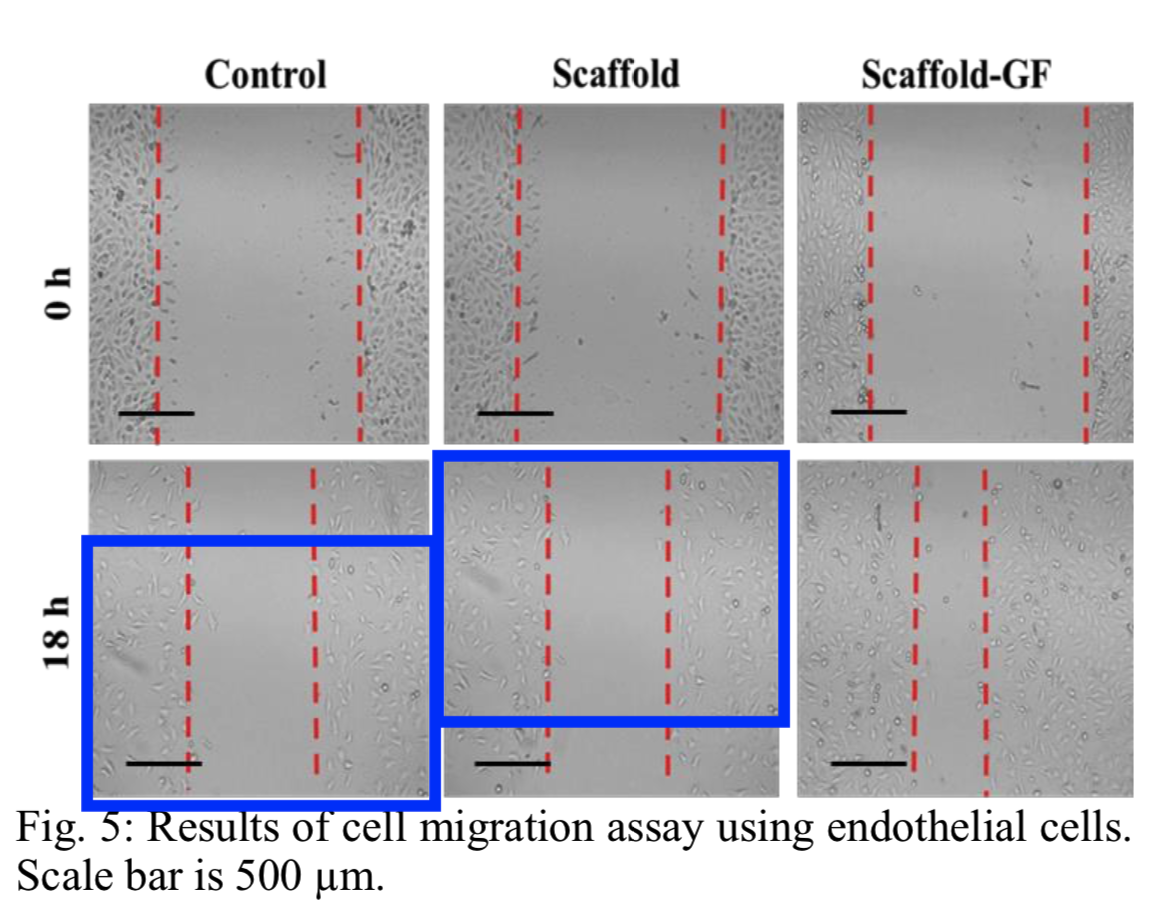
Augustine et al Eng in Med & Biol Society. Annual Conference (2019)
Liu et al Nanomedicine 2015
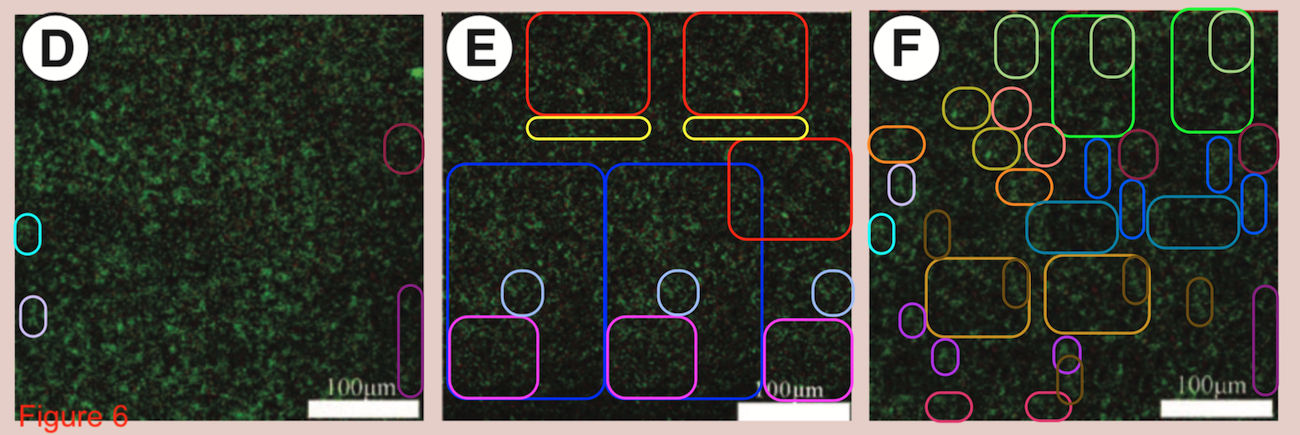

Weng & Webster Nanotechnology 2012
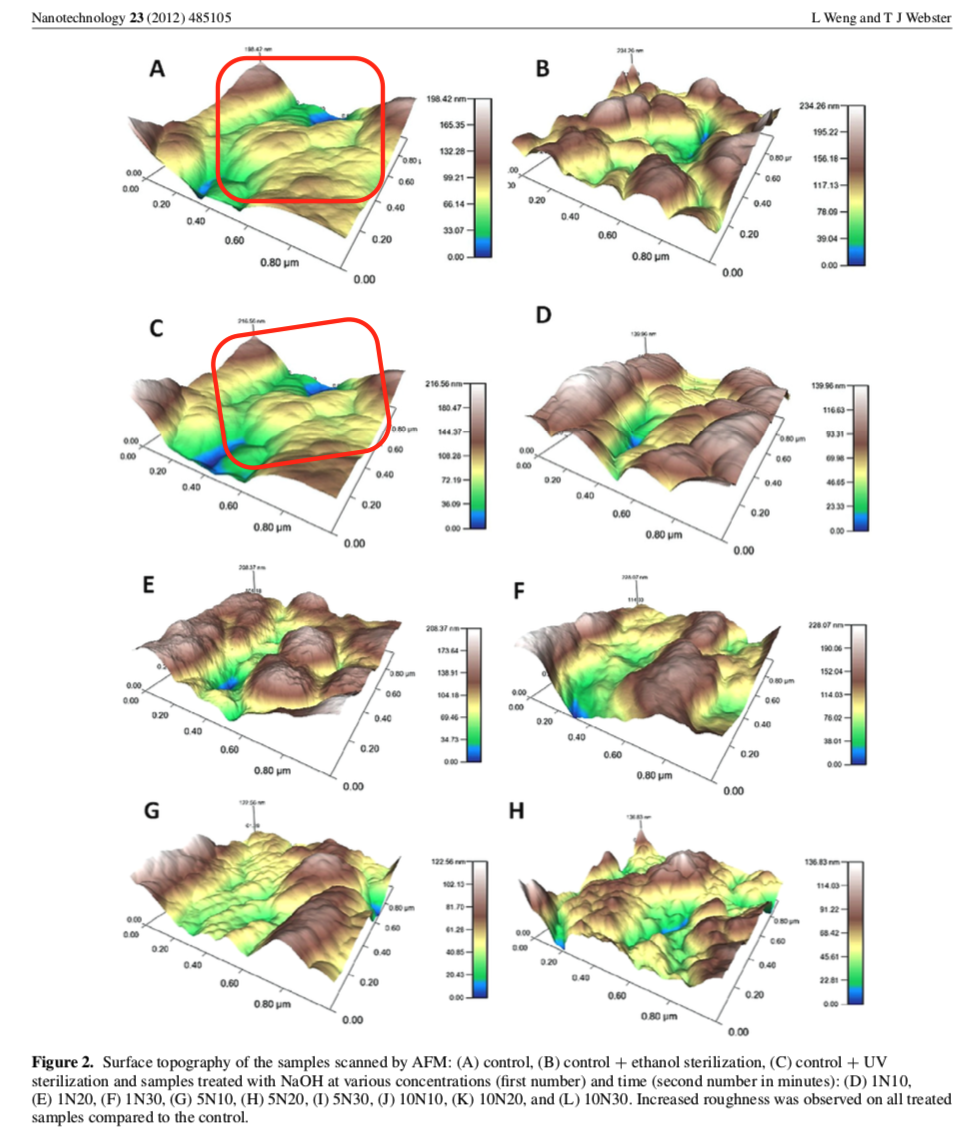
Kumar et al J biomed mat research A 2013
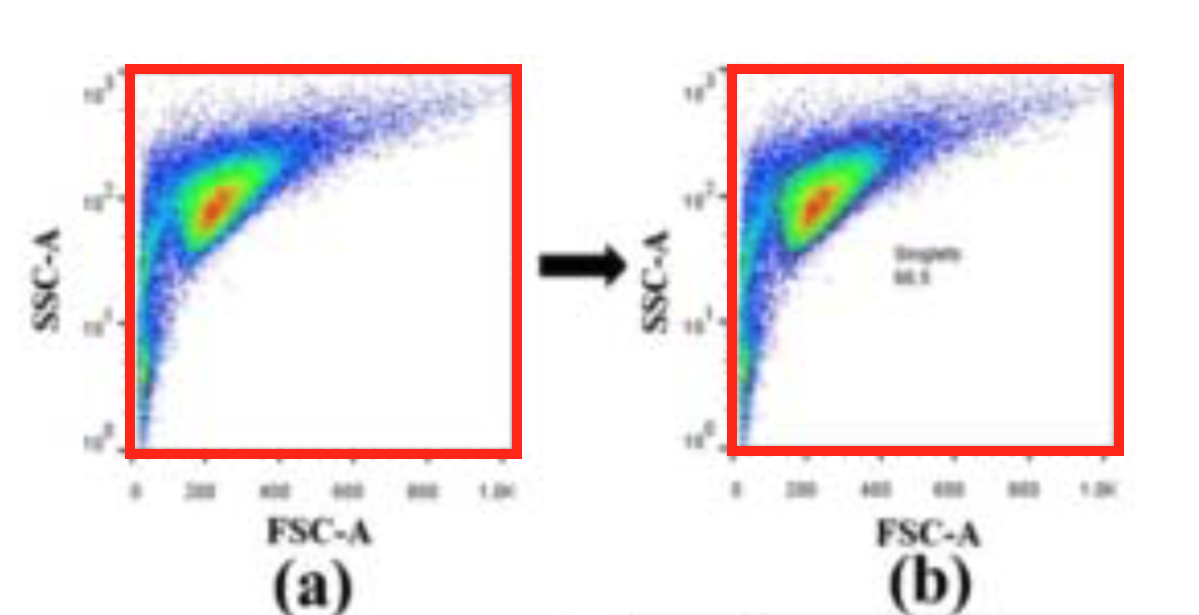
LikeLike
Elisabeth Bik refuses to stop!!!
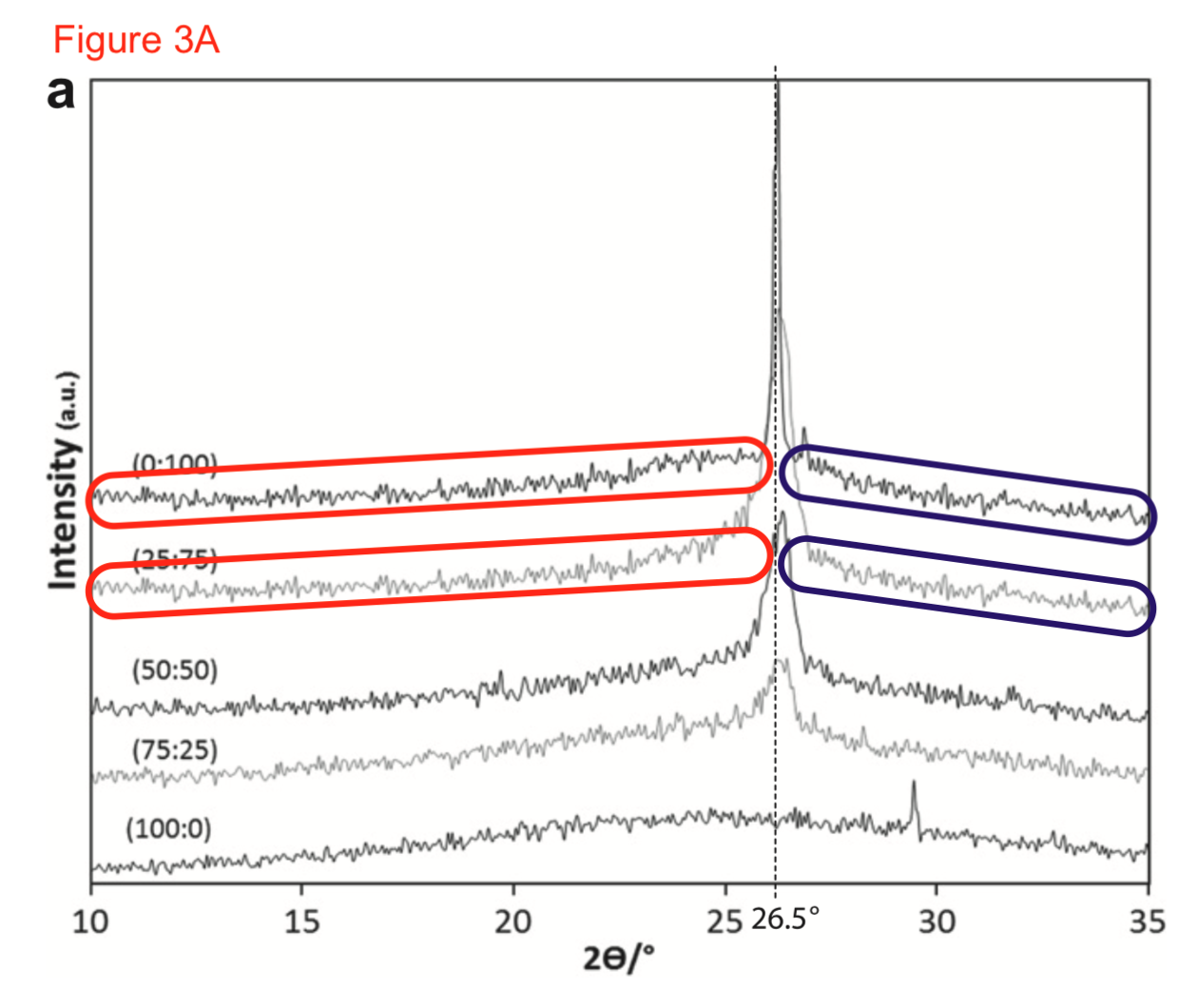
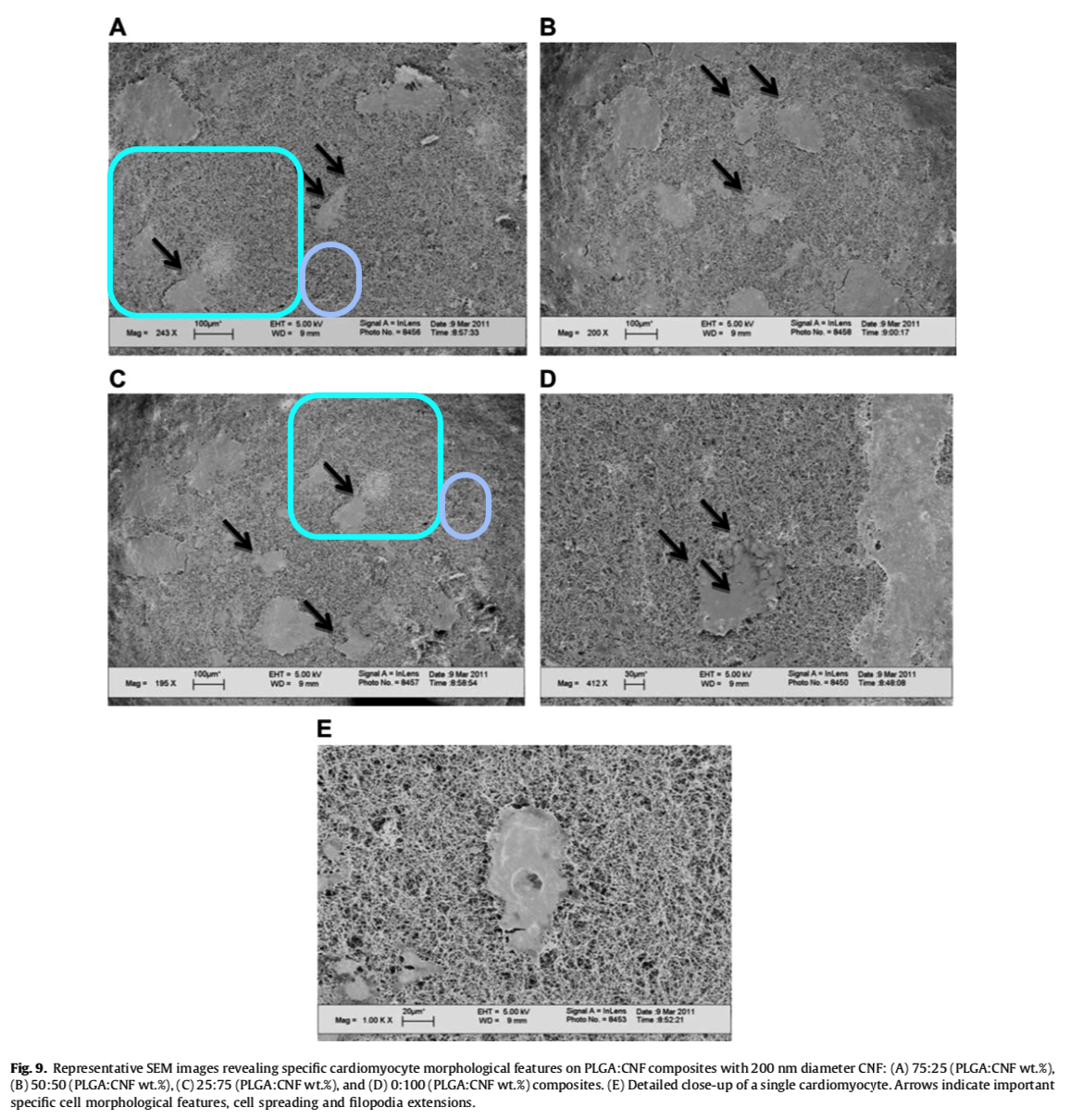

Stout et al Acta Biomaterialia 2011
Gupta et al J Mat Sci Materials in Medicine 2011
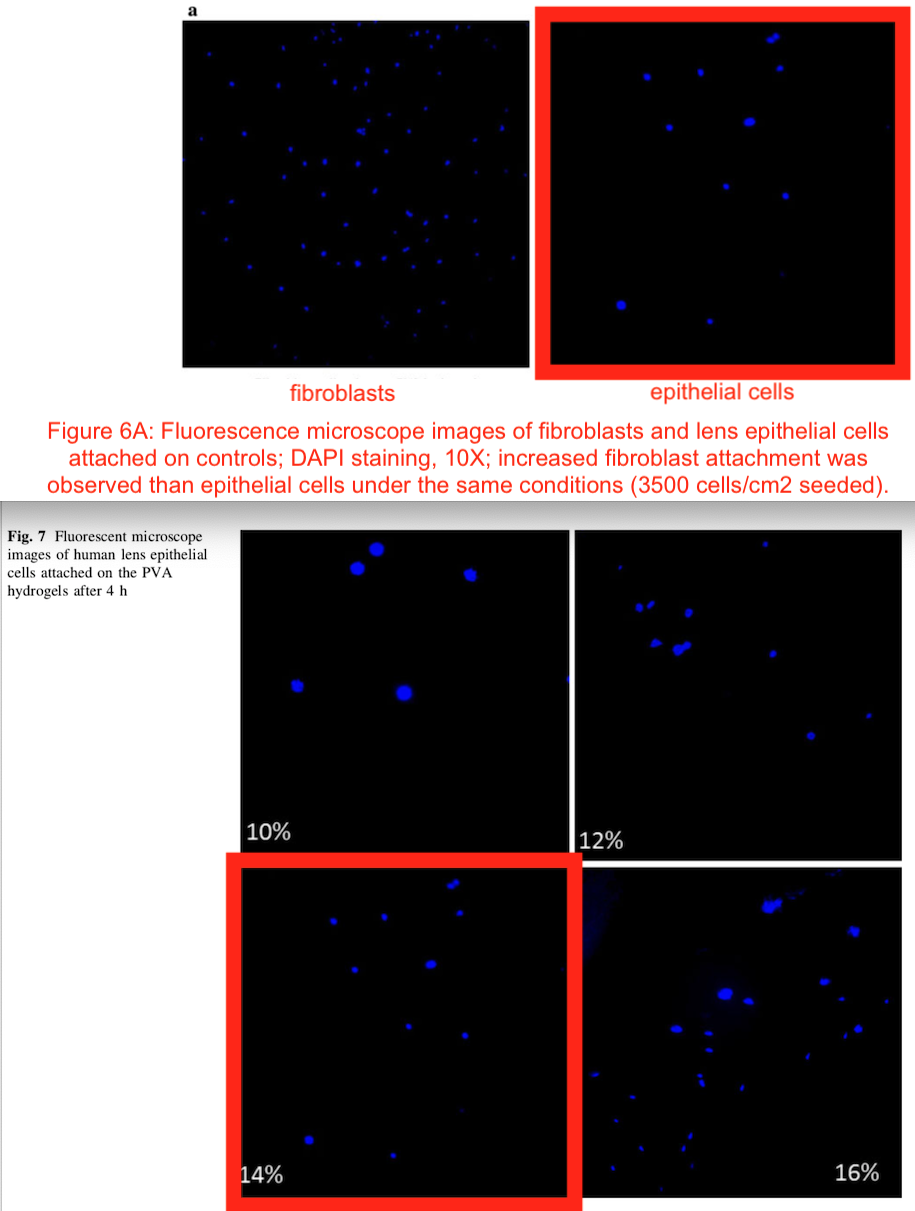
Image reuse between papers:
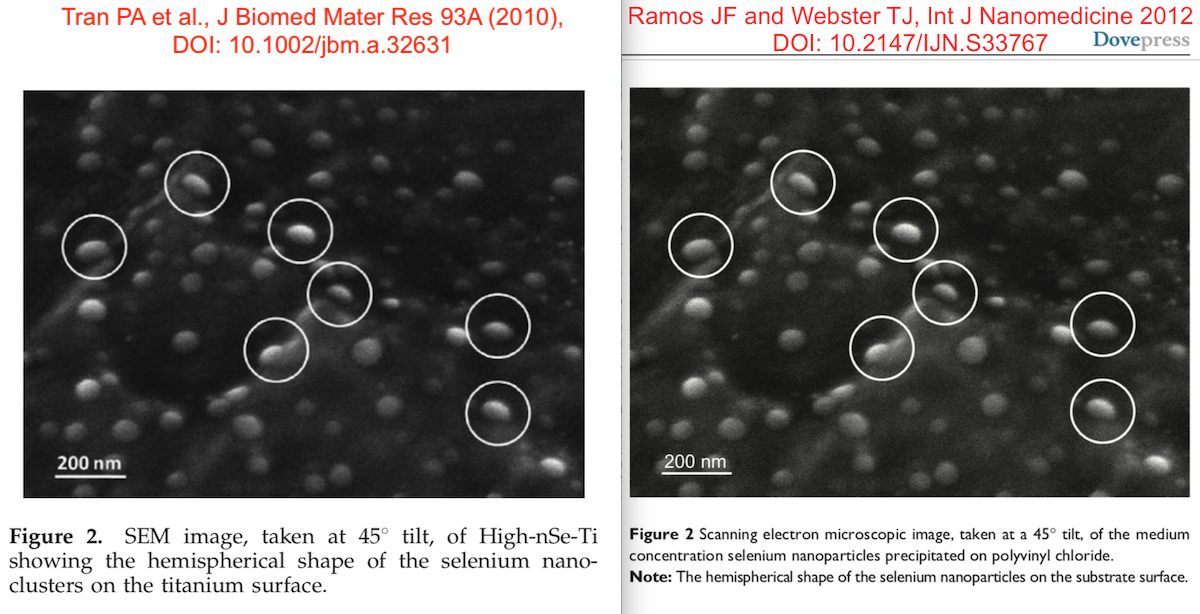
Webster & Ramos Int J Nanomed 2012 and Tran et al J Biomed Mater Res 2010
Pareta et al Biotech & Bioeng 2009 and Pareta et al J Biomed Mater Res 2010

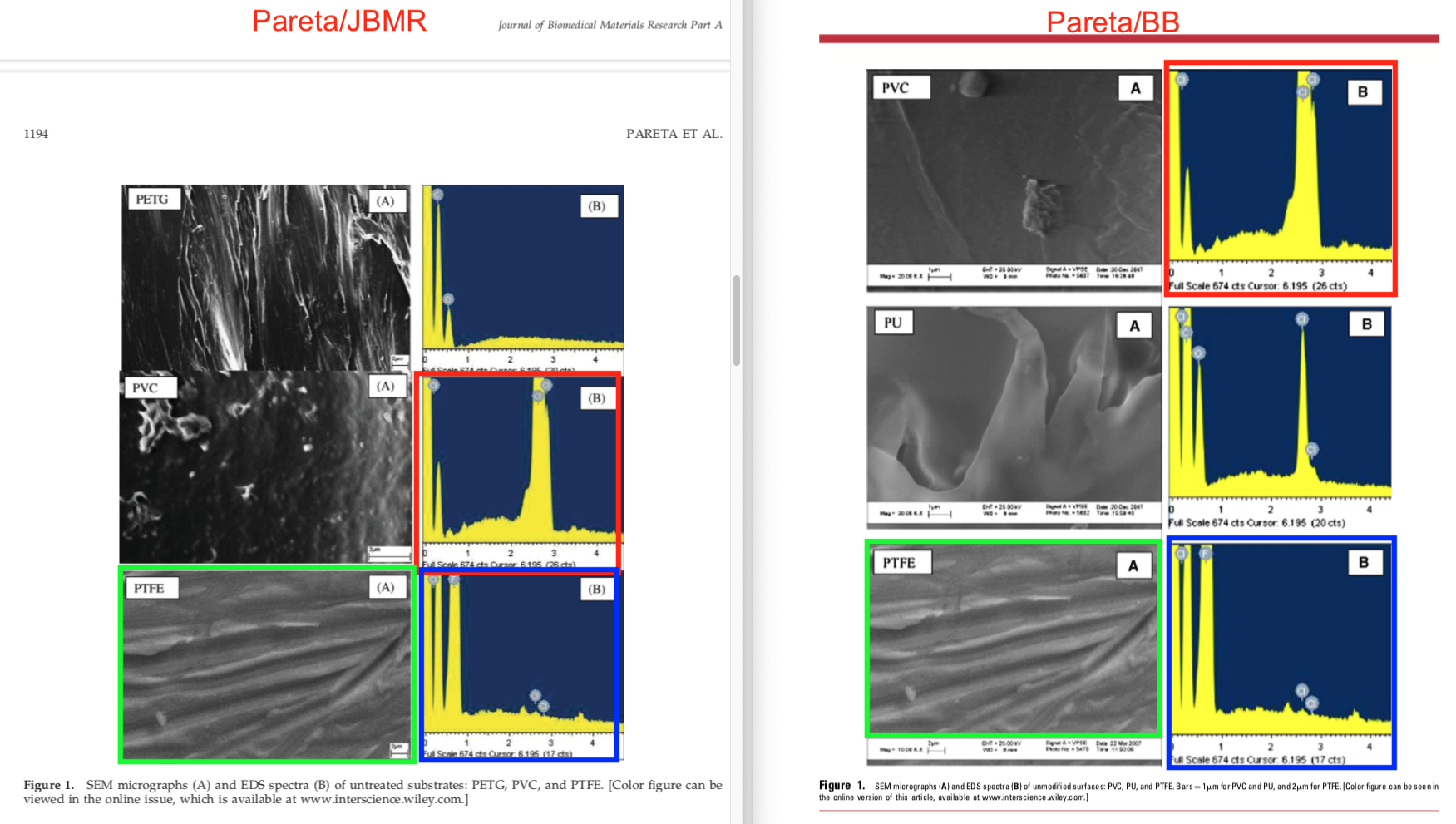
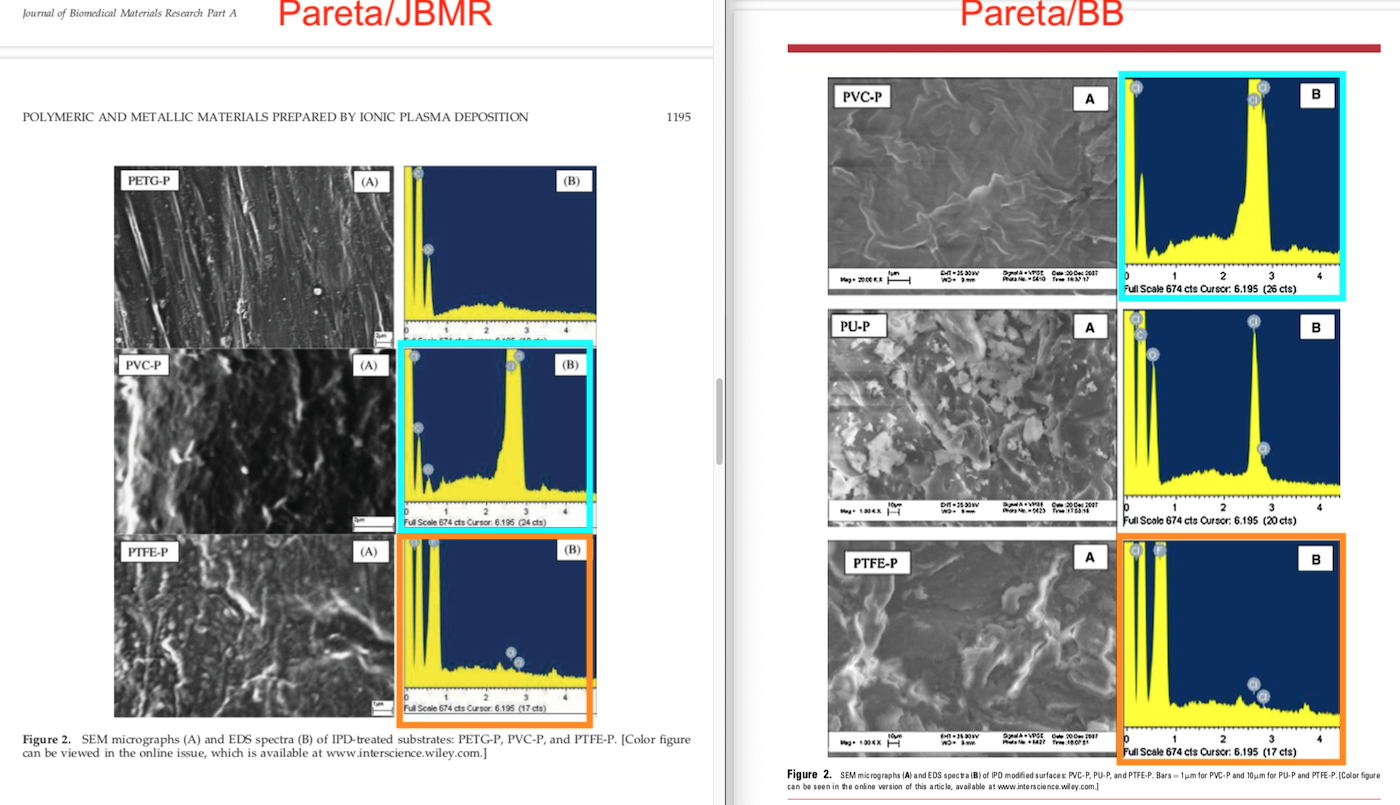
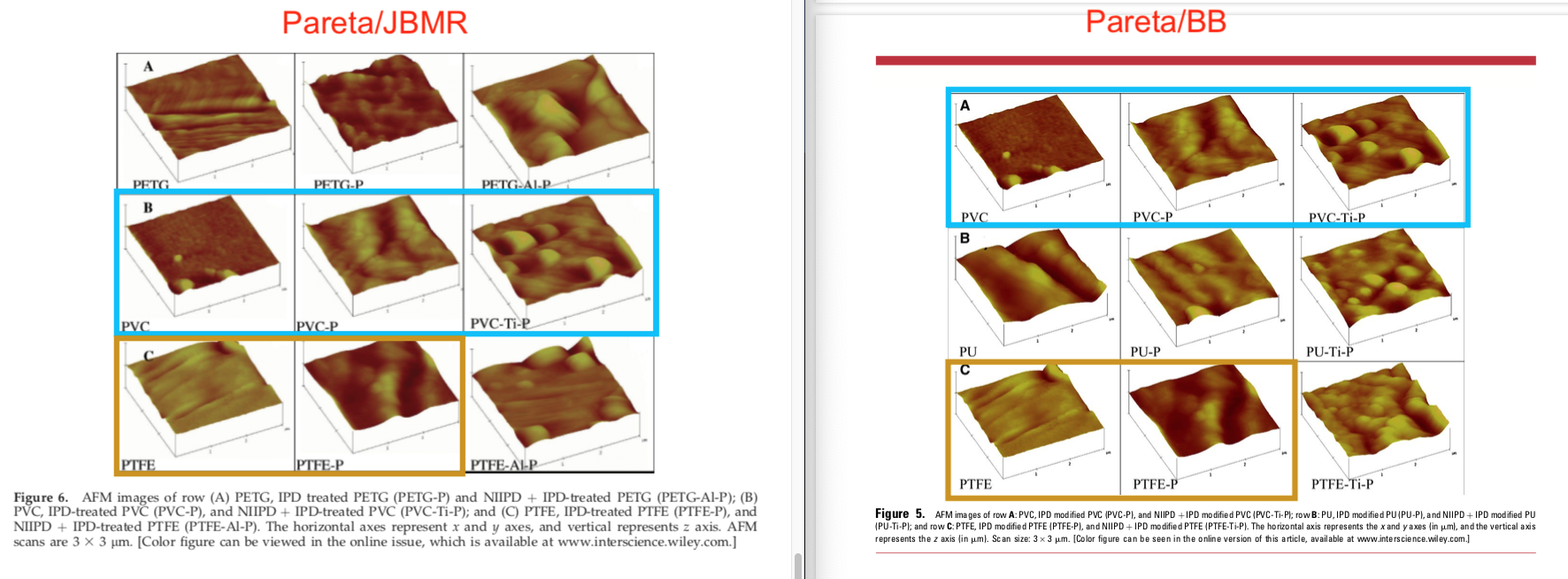
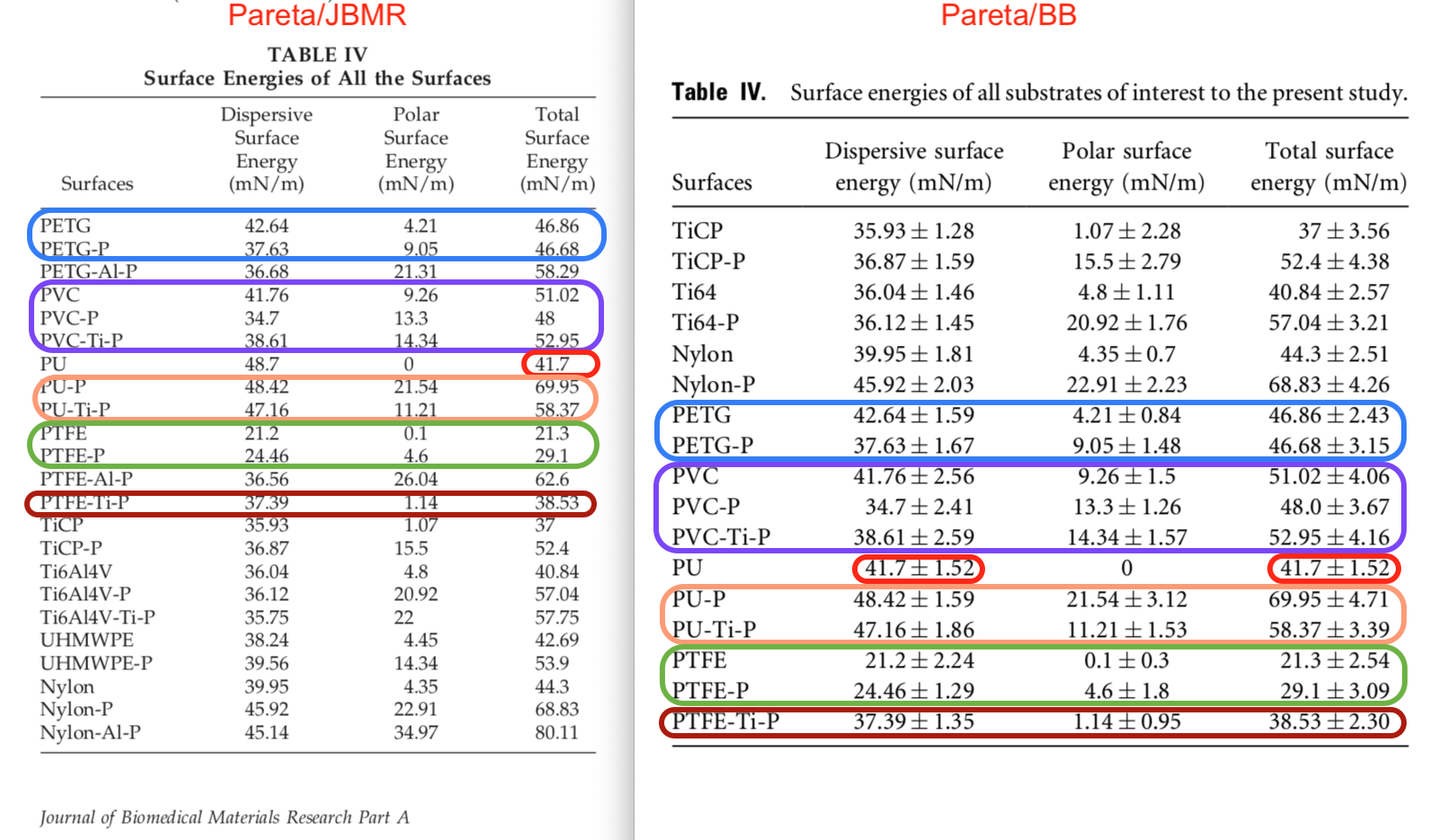
Some examples:
LikeLike
Elisabeth, leave the man alone, show some respect, he is working on COVID19 cure!!!!
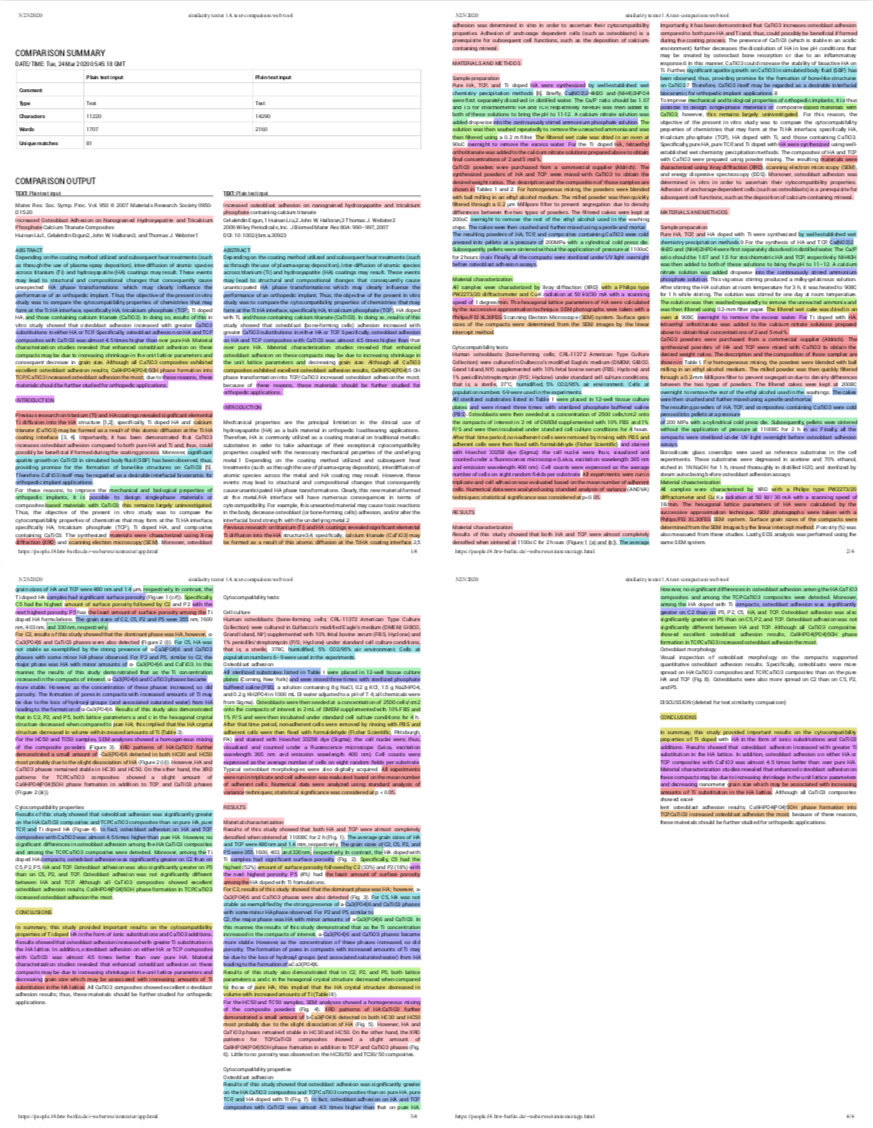

SELF-PLAGIARISM and PLAGIARISM!!!
Ergun et al J biomed mat res A (2007) and Liu et al MRS Proceedings (2006)
Ergun et al J Biomed Mat Res 2008 and Ergun et al Ceramics International (2011) and Liu et al Acta Biomaterialia 2008

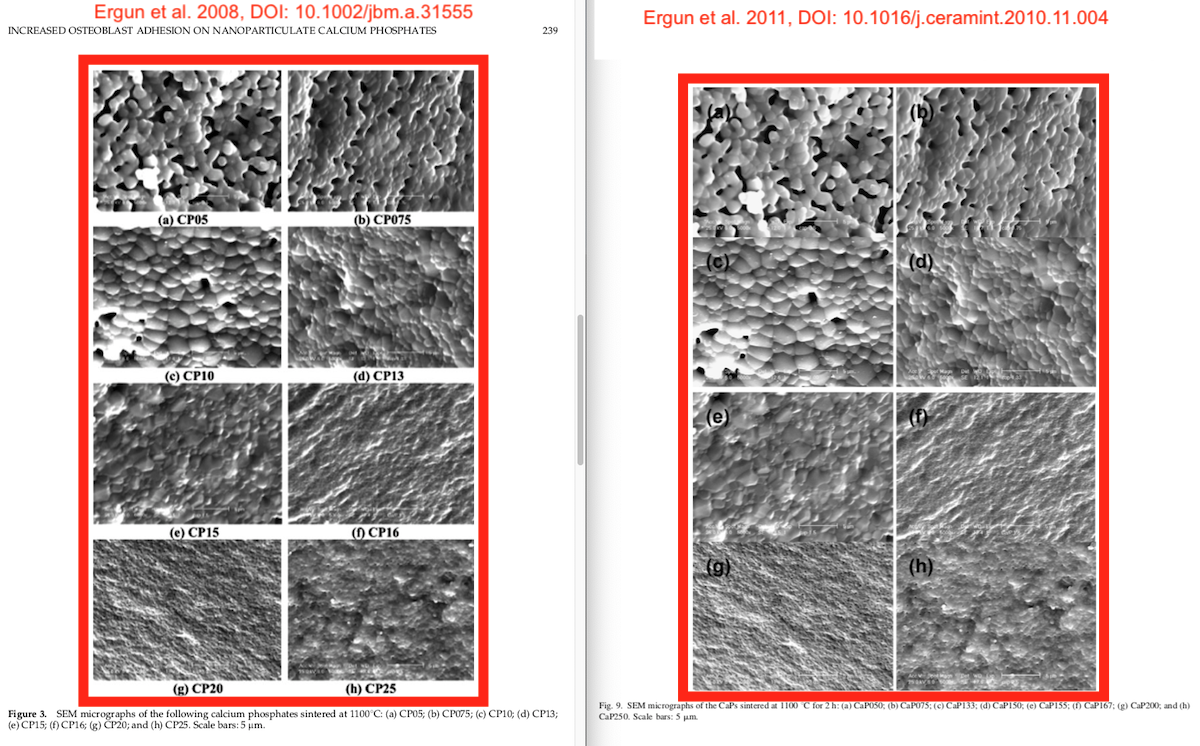
“Note that in each paper, the measurements are in a slightly different order, while the samples are all in the same order.”
Webster & Ejiofor Biomaterials 2004 and Choudhary Int J Nanomed 2006 and Choudhary Tissue Eng 2007


“Of note, the standard errors appear to be different between the 2006 and 2007 papers, although the mean values are the same.”
Burns et al J Biomed Mater Res A 2009 and Yao et al J Biomed Mater Res A 2008

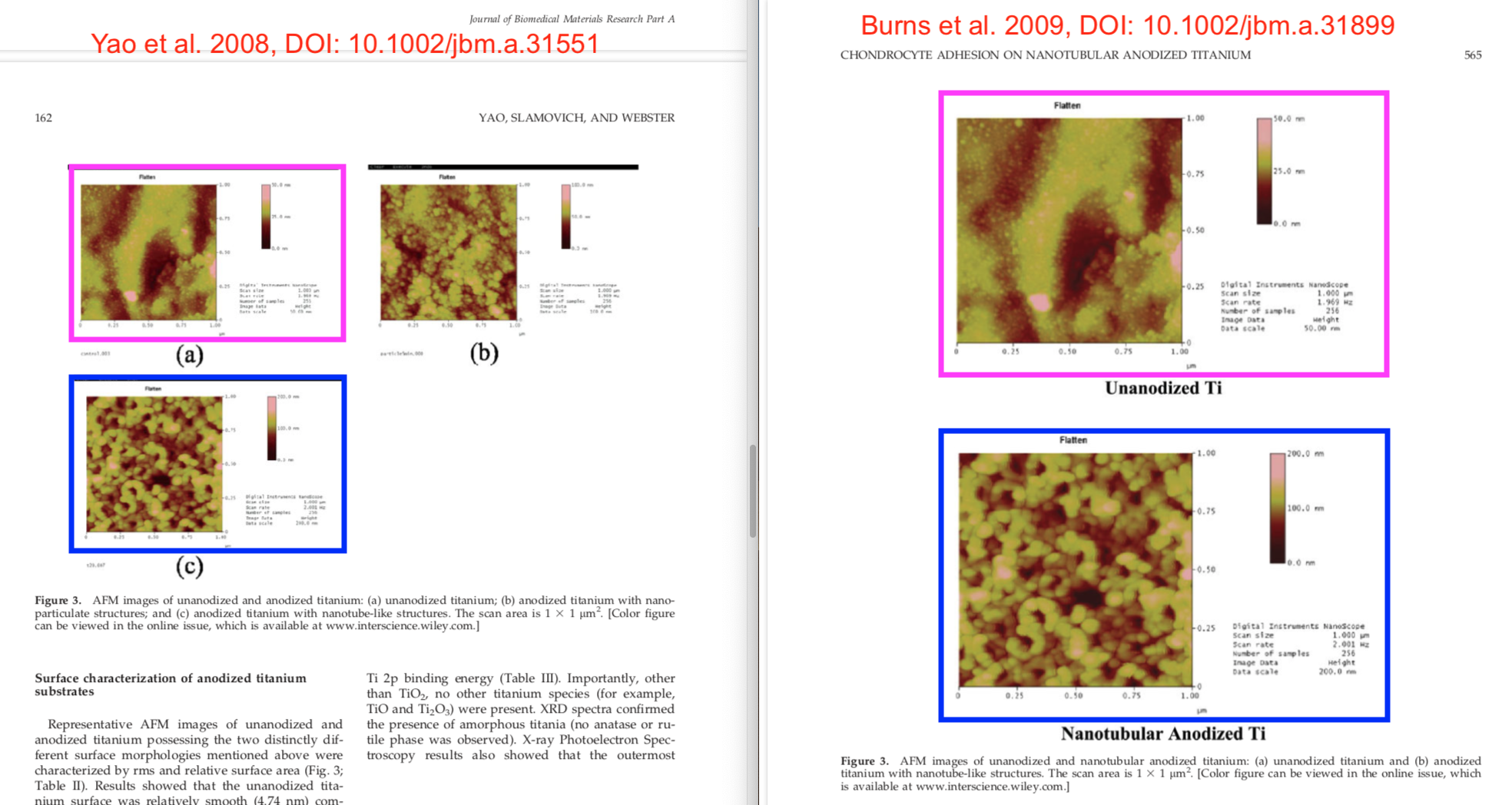
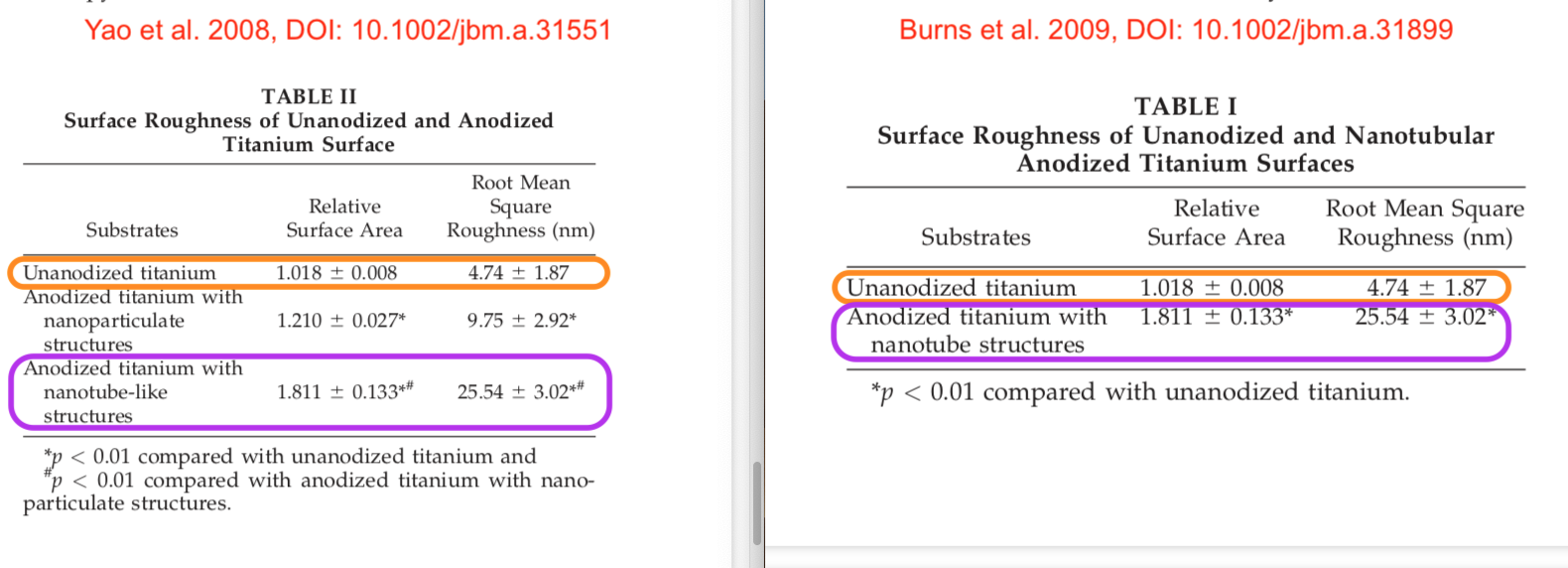
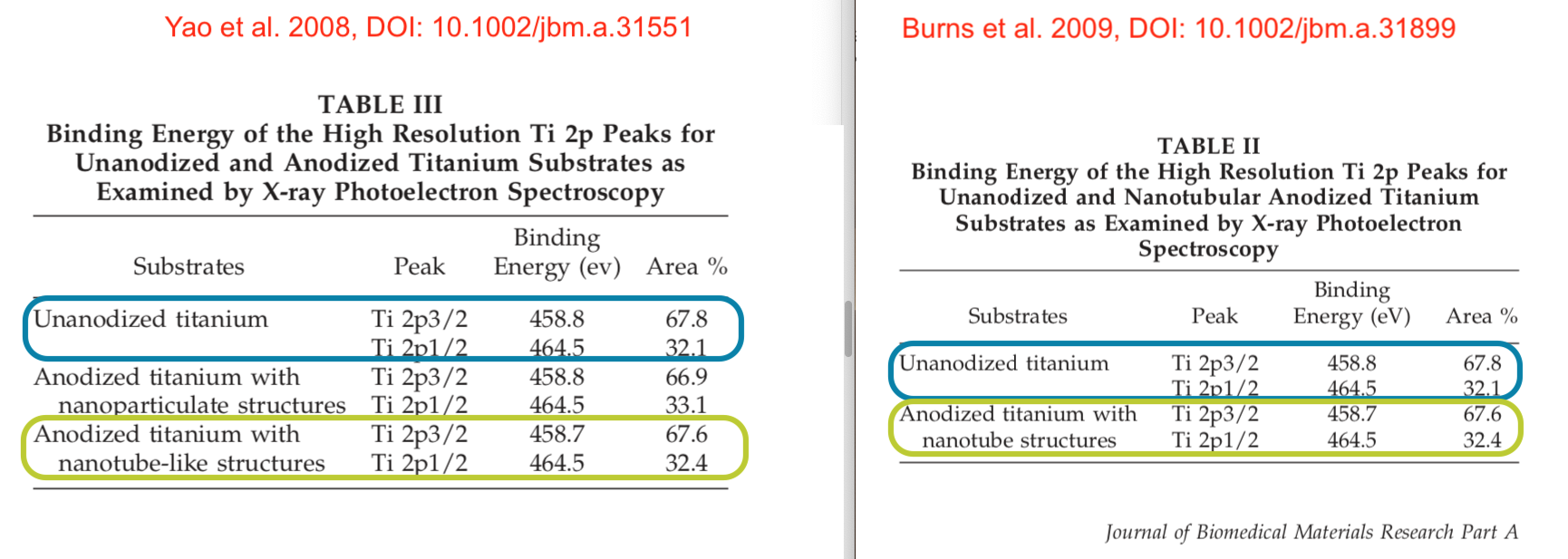
More of the usual data manipulation:
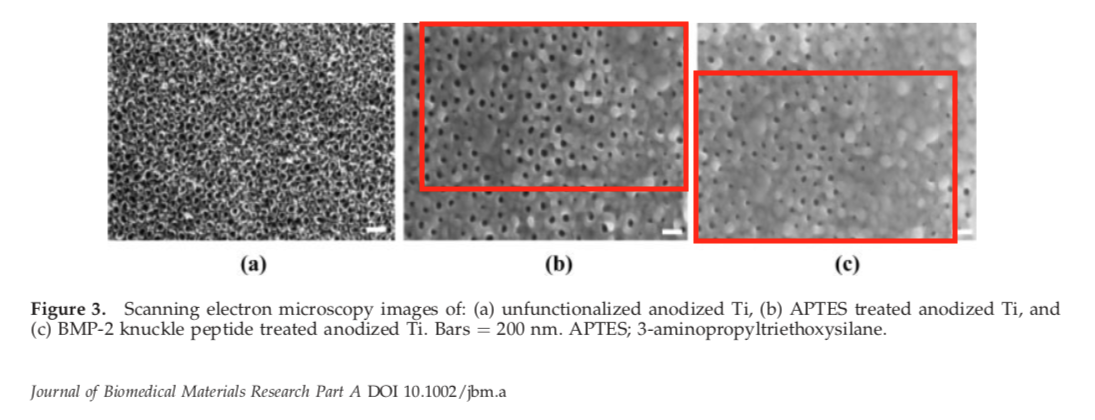
Balasundaram et al J Biomed Mater Res A 2008
And again in Webster’s own Int J Nanomed:
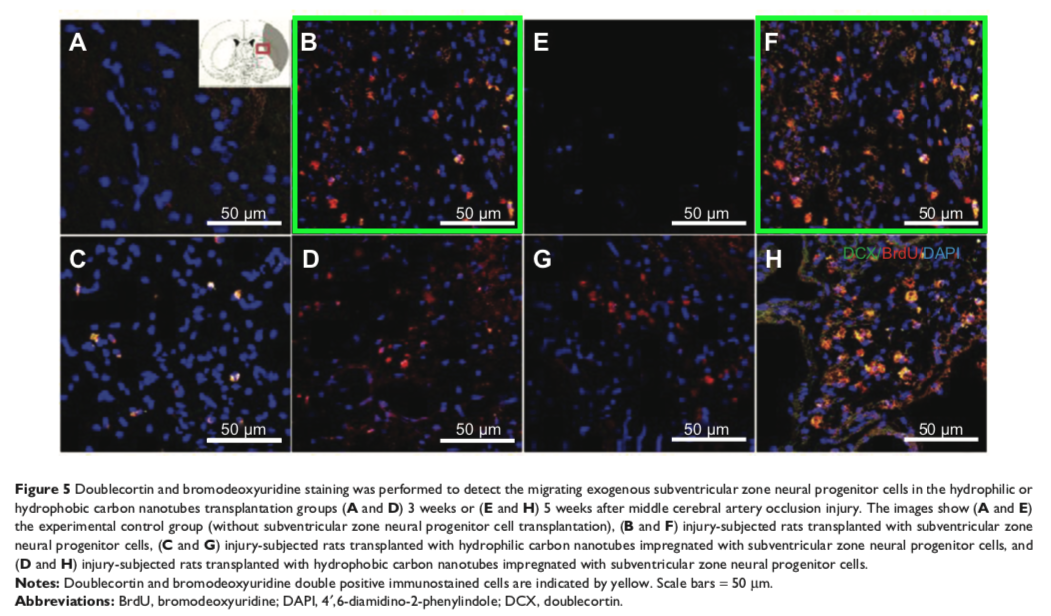
Webster et al 2012
LikeLike
New report by Elisabeth Bik:
And more (self) PLAGIARISM:
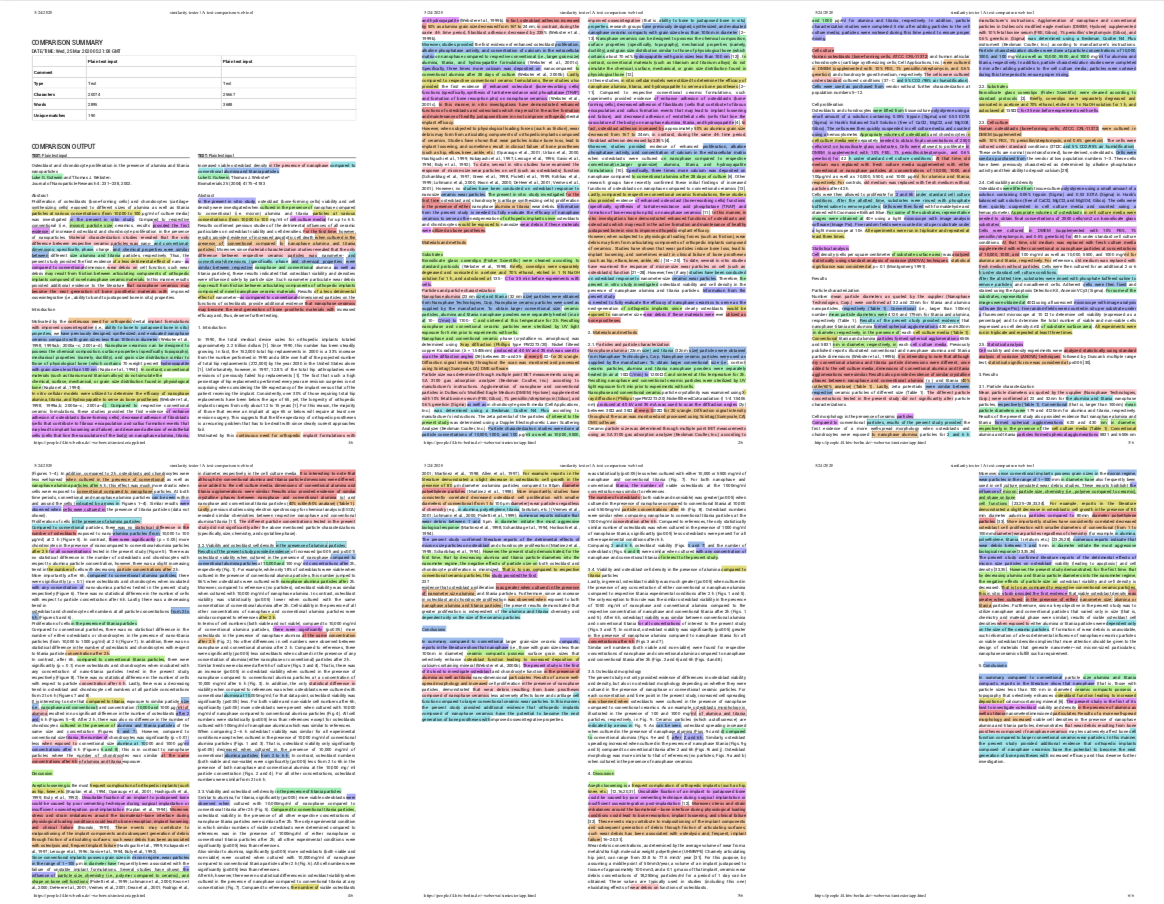
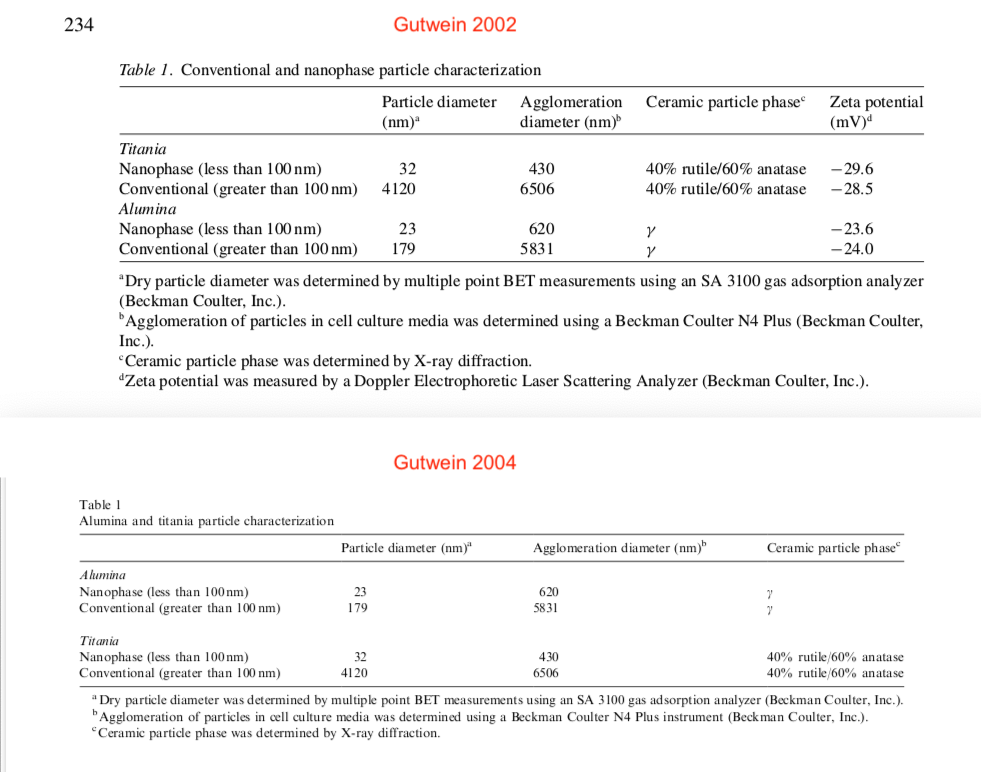
Gutwein & Webster 2004 and Gutwein & Webster 2002:
Elias et al Biomaterials 2002 and Price et al Biomaterials 2003
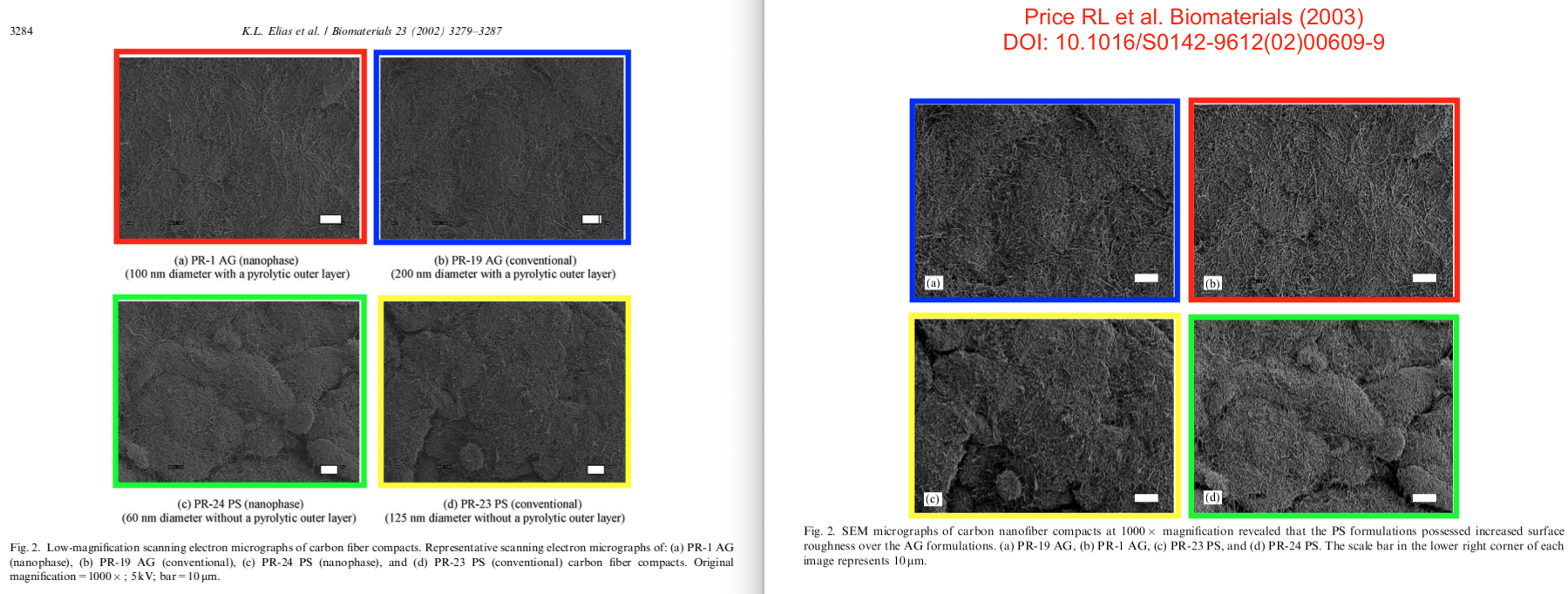
LikeLike
Nelson et al Int J Nanomedicine 2006
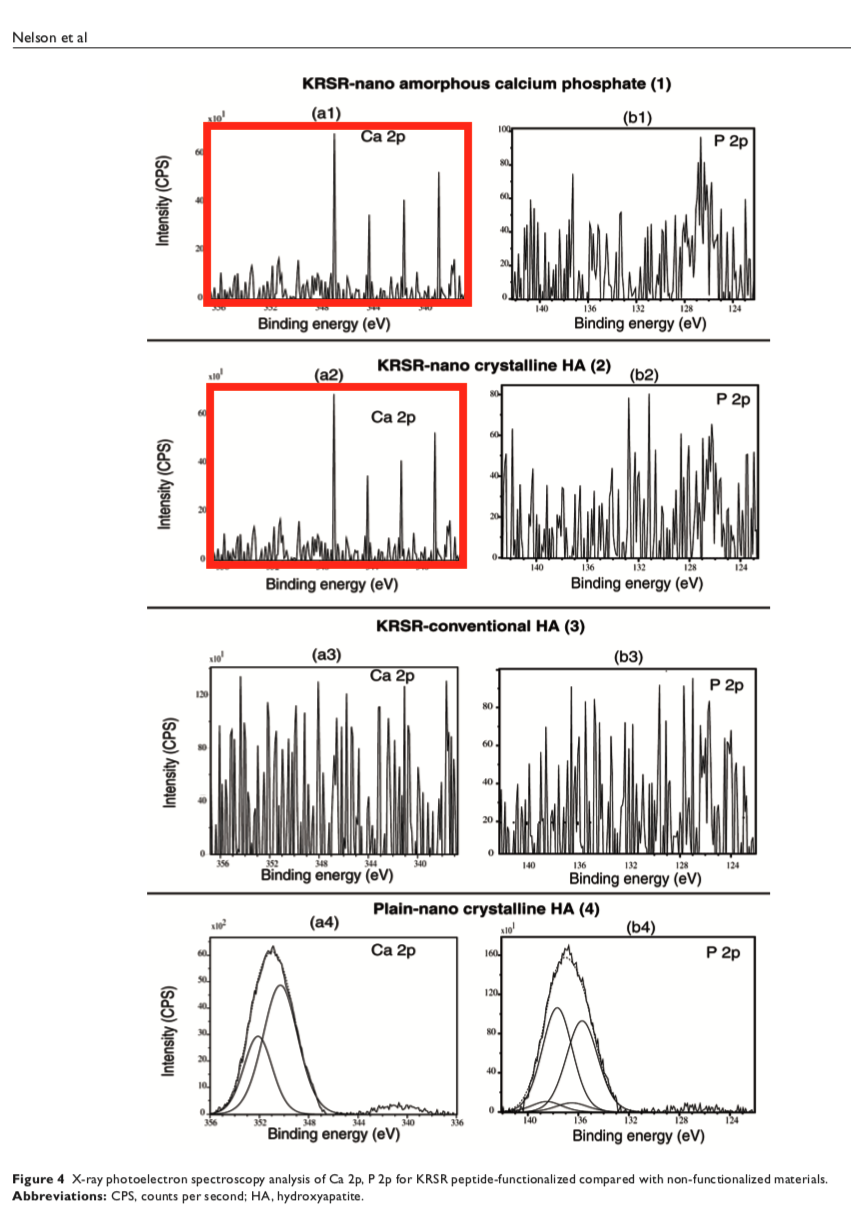
Even more (self) plagiarism
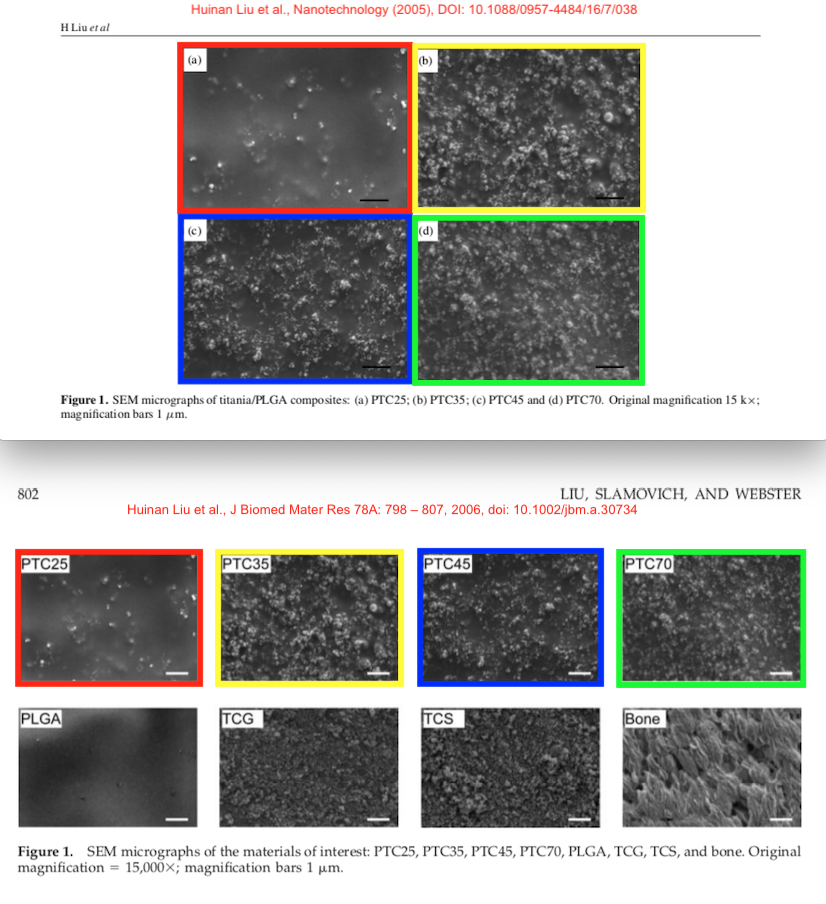

Liu et al Nanotechnology 2005 and Liu et al J Biomed Mater Res A 2006
LikeLike
Question for scientists: is it a bigger problem for a scientist’s reputation to be a) caught deliberately publishing loads of crap posing as research, or b) to be found so sloppy that dozens of research papers later have to be corrected? Or c) there’s no impact on reputation until funding gets cut.
LikeLike
There is little impact on the scientist until the school gets rid of him (fires them, or asks them to leave), and even then they are likely to be hired by another school or institution (Gallo, and another case from Emory U in the USA I know of). The reason this is true is because the people who could judge the scientist as tainted really don’t have the time to read papers carefully and check for corrections/retractions. Also, the scientist may have friends that review the grant and ignore problems; Ill scratch your back if you scratch mine. Pretty much in a grant you report the papers you have created, and reviewers of the grants look mostly at the number of them and the impact factor of the journal. There really is no disincentive to cheat in science. The only reason you wouldn’t do it is because you were raised with the values not to do it.
LikeLike
Deliberately publishing crap can have legal ramifications. Publishing crap due to negligence or incompetence can also have legal consequences but that is apparently a more difficult case to pursue. NMH is definitely correct about pub counting and back scratching so lots of people get away with chronic crap publishing and continue to receive funding.
LikeLike
Marco Van De Weert At PubPeer: “ I personally do not find the explanation about the bright field images of the 10 and 50 ug/ml treatment (red boxes) very credible. These are, in my honest opinion, not “similar” images, but “identical” images. It certainly is possible that the concentration did not matter much for activity, but it is not credible that you find the exact same cluster of cells on three independently prepared samples for microscopy.”
Followed by Webster, who can’t believe this either: “We are looking into this.”
LikeLike
One of the predatory journals has this in his profile: “he has raised over 24 million dollars for his research program from the NIH, NSF, DOD, VA, various State agencies, and private industry.“
Did anyone find a recent paper with NIH funding? I didn’t happen to notice any.
LikeLike
But of course other scamference organisers are just as appreciated. Heck, Webster will even organise and chair the events, no problem:
Science Federation! A.k.a. Reddy Sekhar of Hyderabad.
https://in.linkedin.com/in/reddy-sekhar-ba04708a
Unusually in the academic-grifting ecosystem, they were mockademic-congress scammers right from the beginning, with parasitical publishing as an afterthought – usually it’s the other way around.
As you can imagine, Jeffrey Beall was not exactly flattering about them.
https://web.archive.org/web/20160608065637/https://scholarlyoa.com/2016/06/07/three-new-low-quality-open-access-publishers/
because Reddy Sekhar is an incompetent wazzcock, he left a spreadsheet on the Intertubes containing a list of the eedjits who registered for his scamferences for 2016-2017:
https://web.archive.org/web/20170723224531/http://scientificfederation.com/cms/registrations.php
— including their e-addresses and the varying amounts they paid. Also includes his own and his colleagues’ email details. Massively duplicated, and with lots of “test” entries, so fewer than 300 names are left after removing all those. Still, I couldn’t be arsed writing a bot that e-mails each person on the list to tell them that they were suckers. They may have worked that out already after arriving in Dubai or wherever and finding only another dozen people.
LikeLike
Pingback: Fake vaccine research: new low for science fraud – For Better Science
Pingback: Bullshitter Mauro Ferrari out as ERC President – For Better Science
LikeLike
Pingback: Graphene Flagship deploys Stripy Stellacci to fight the Coronavirus – For Better Science
Pingback: “Nanomedicine: Nanotechnology, Biology and Medicine” wins third “This Image Is Fine” Award – Science Integrity Digest
Leonid: encourage your reader to post the analysis of https://doi.org/10.1089/bioe.2020.0021 to PubPeer.
LikeLike
PubPeer ToS forbid linking to or mentioning For Better Science or Leonid Schneider
LikeLike
Pingback: 2020: A year in review – Science Integrity Digest
Curious silence from Thomas J. Webster
LikeLike